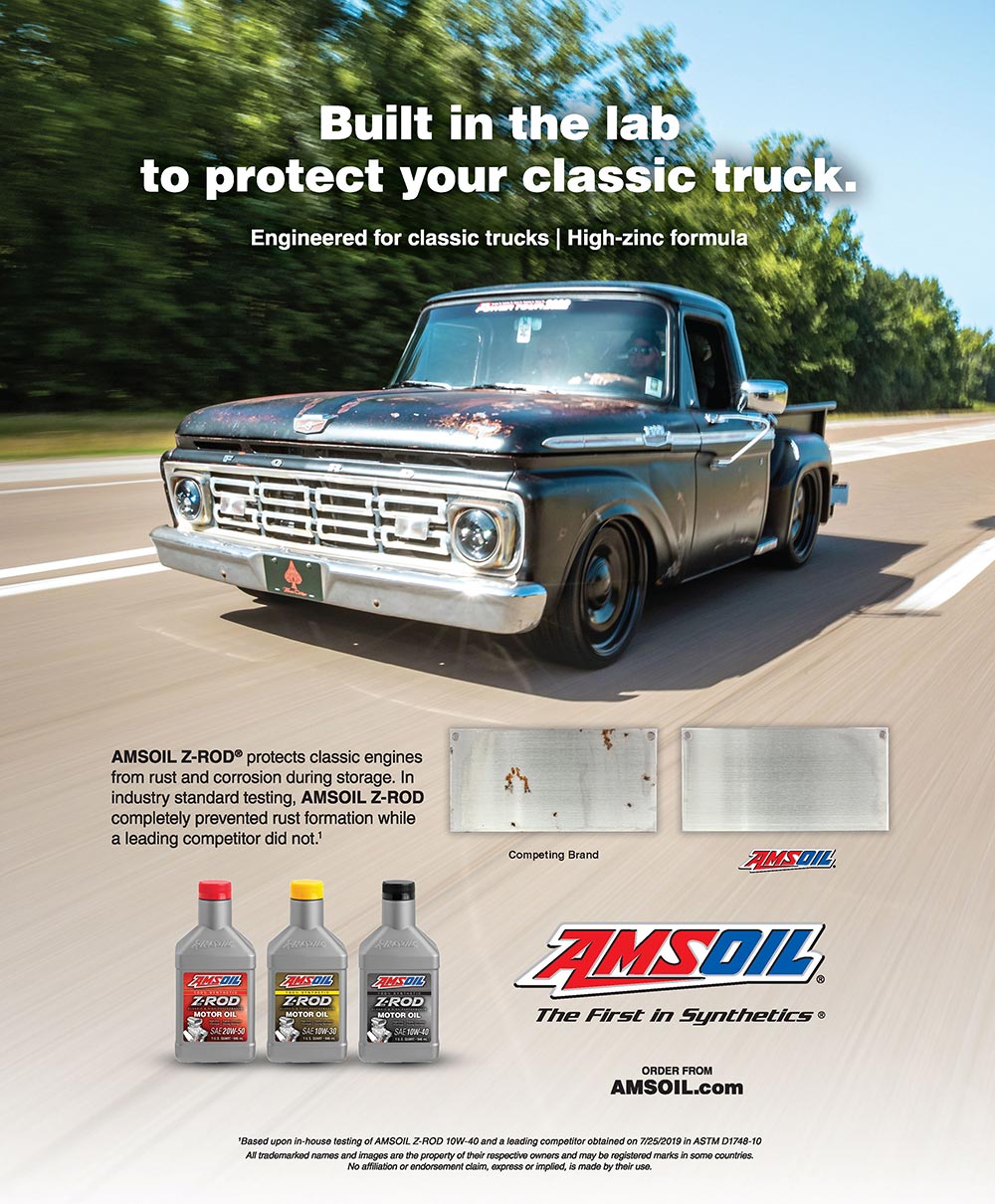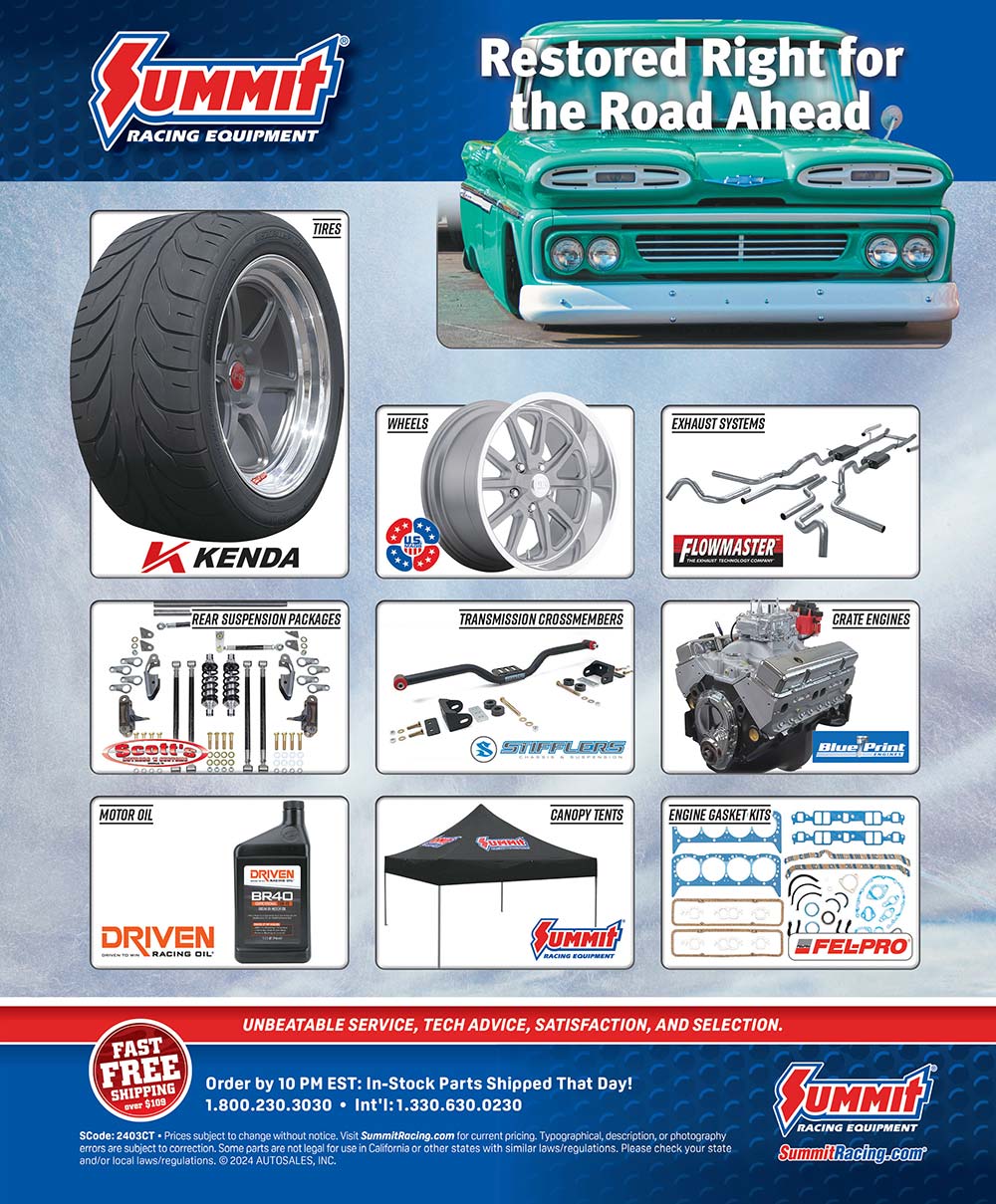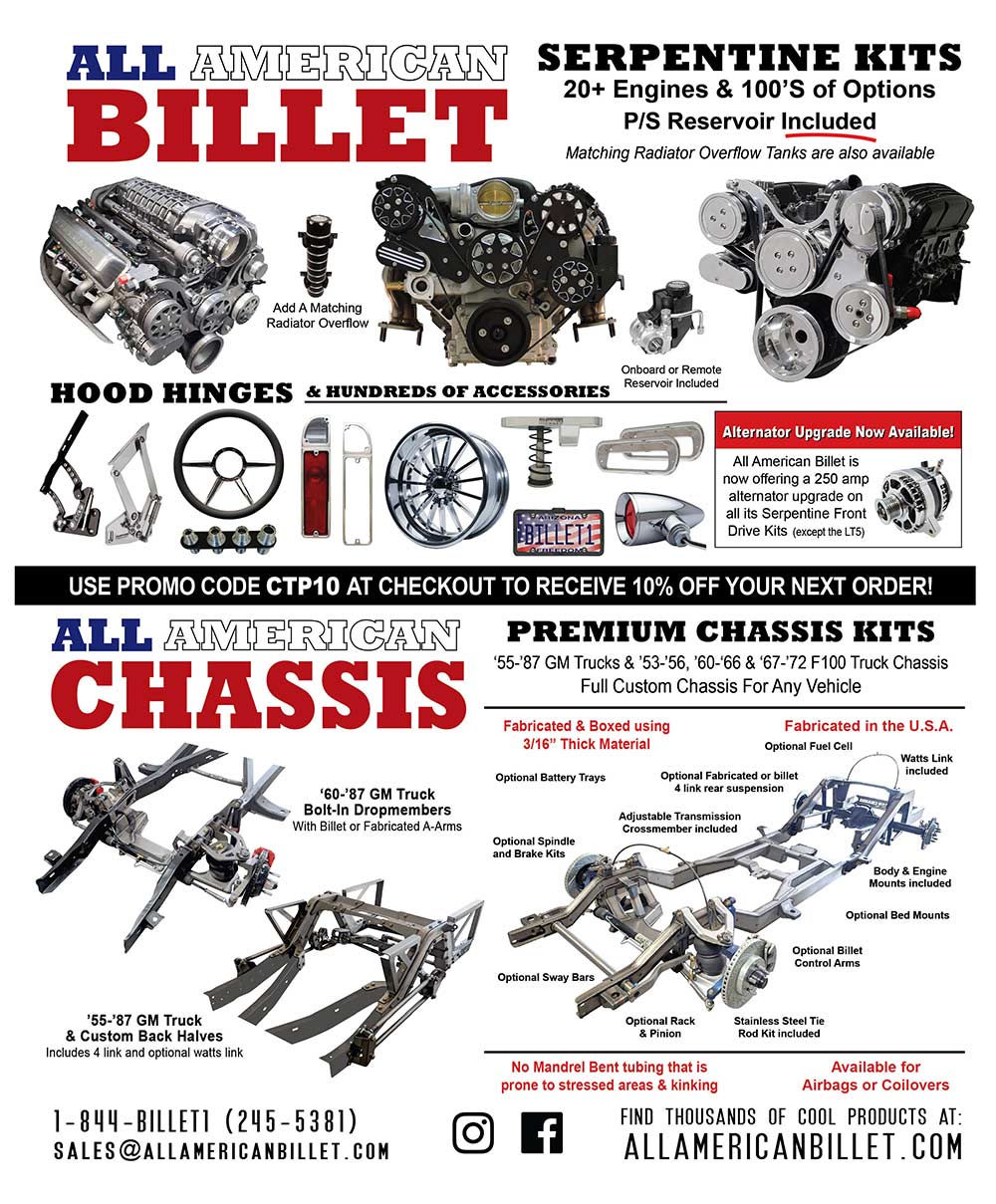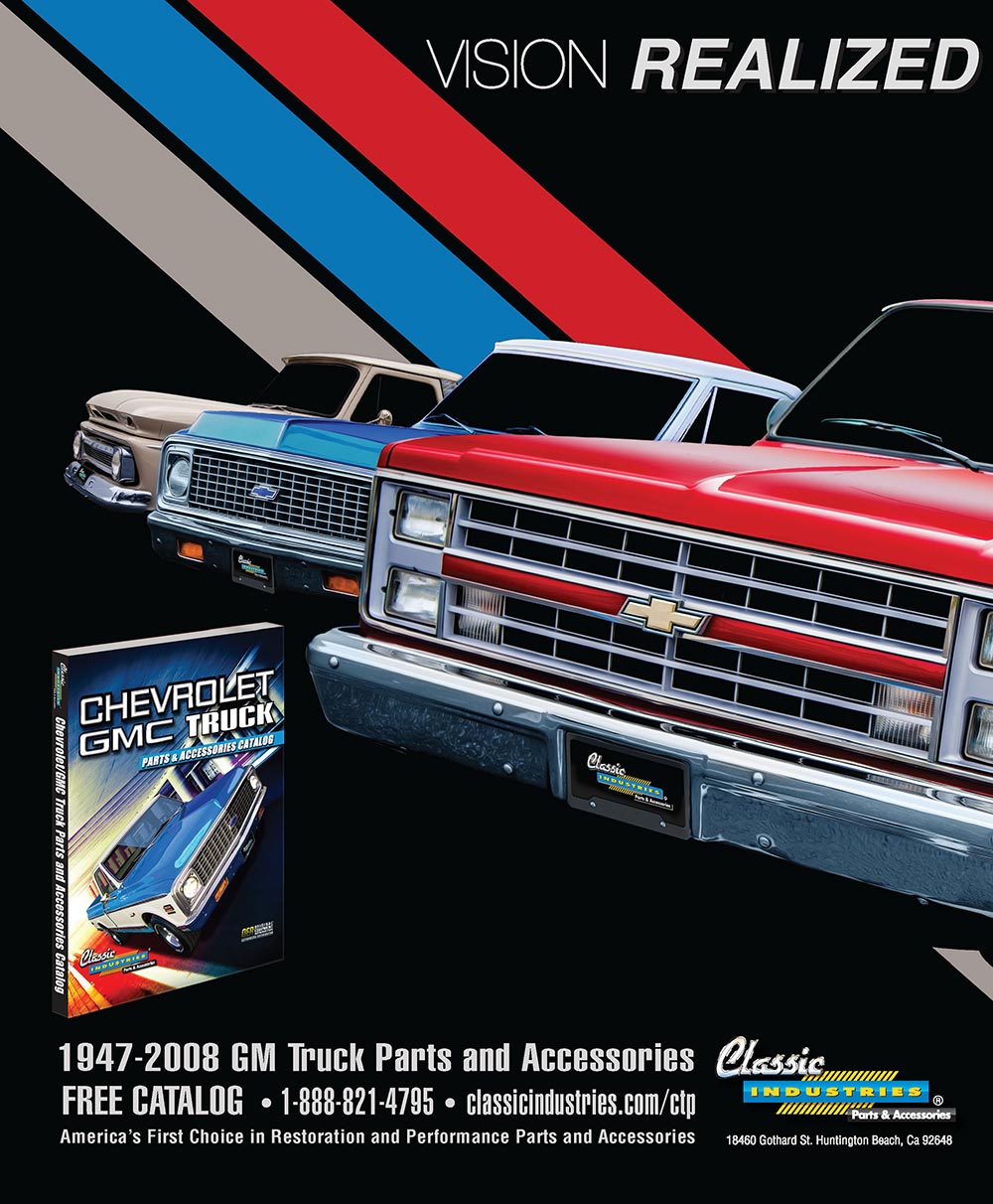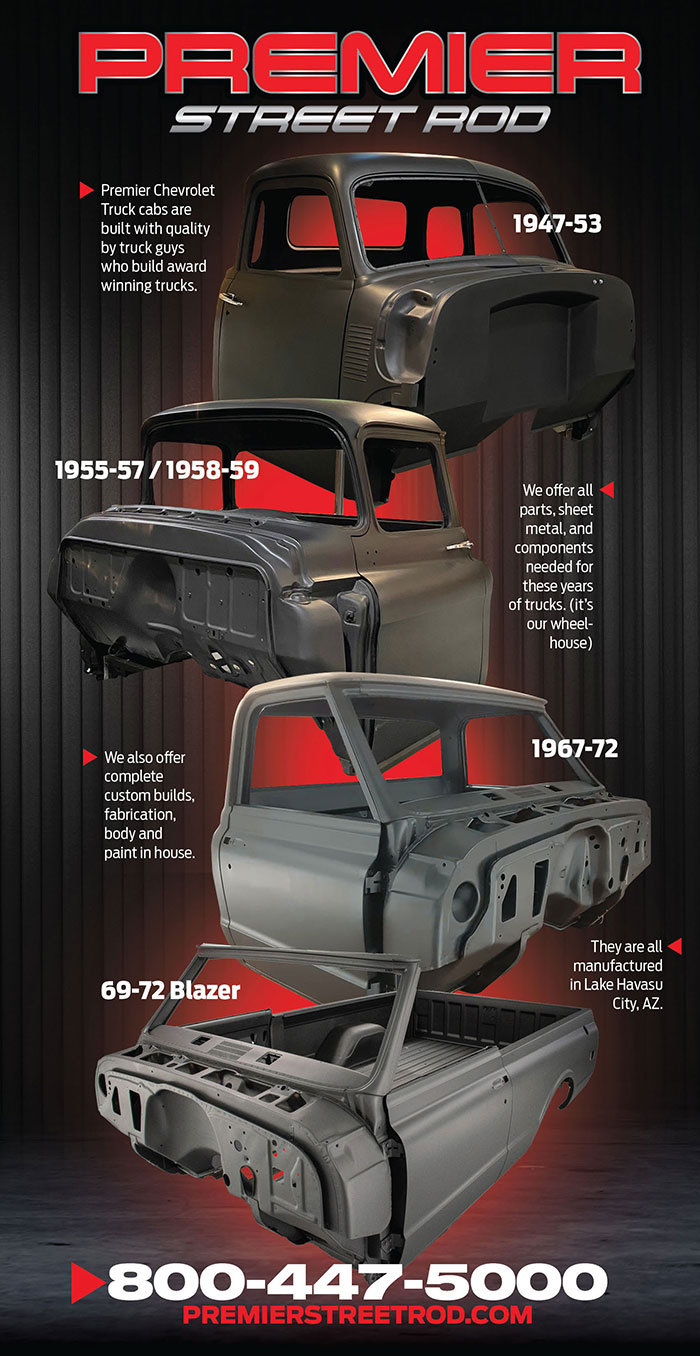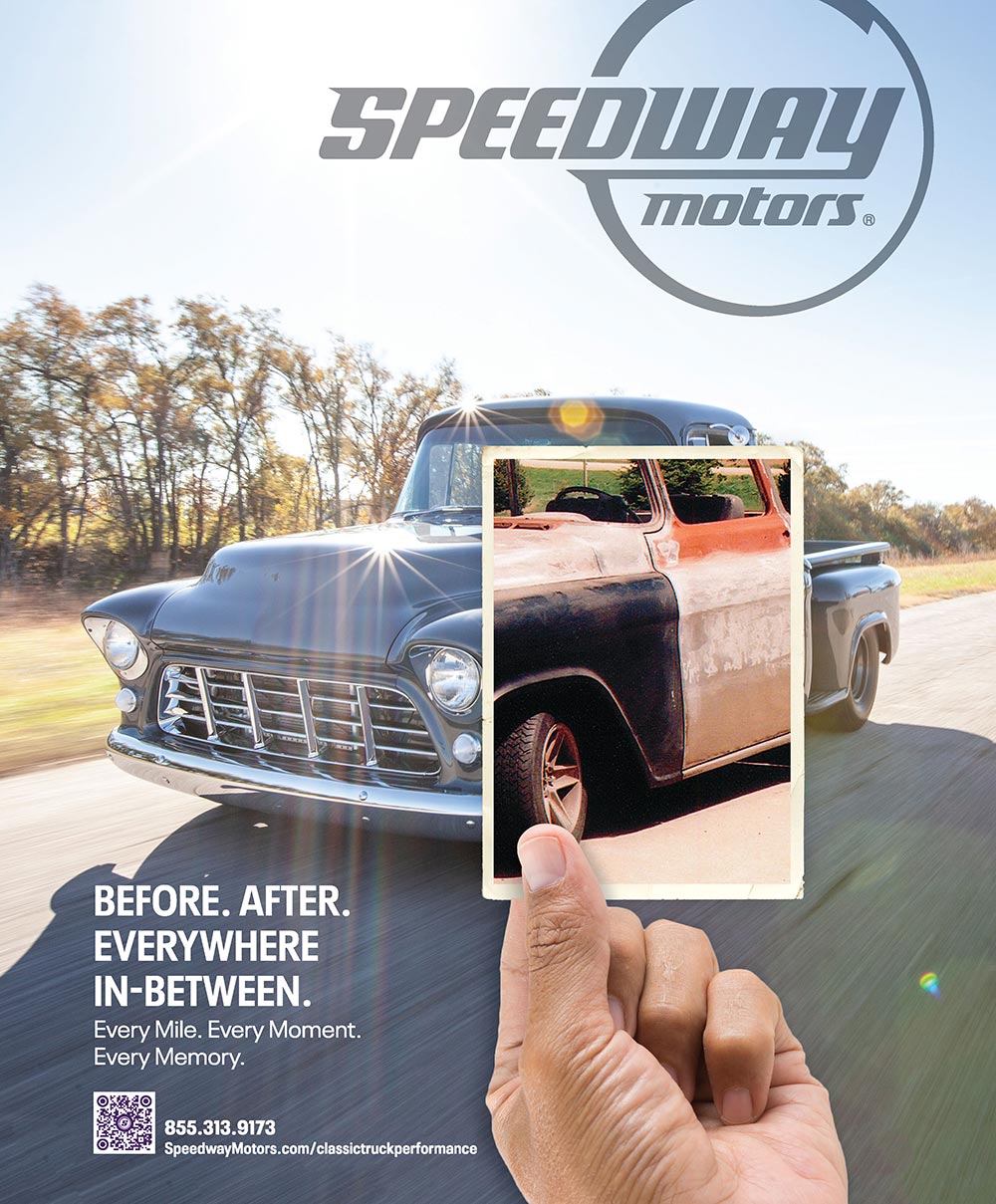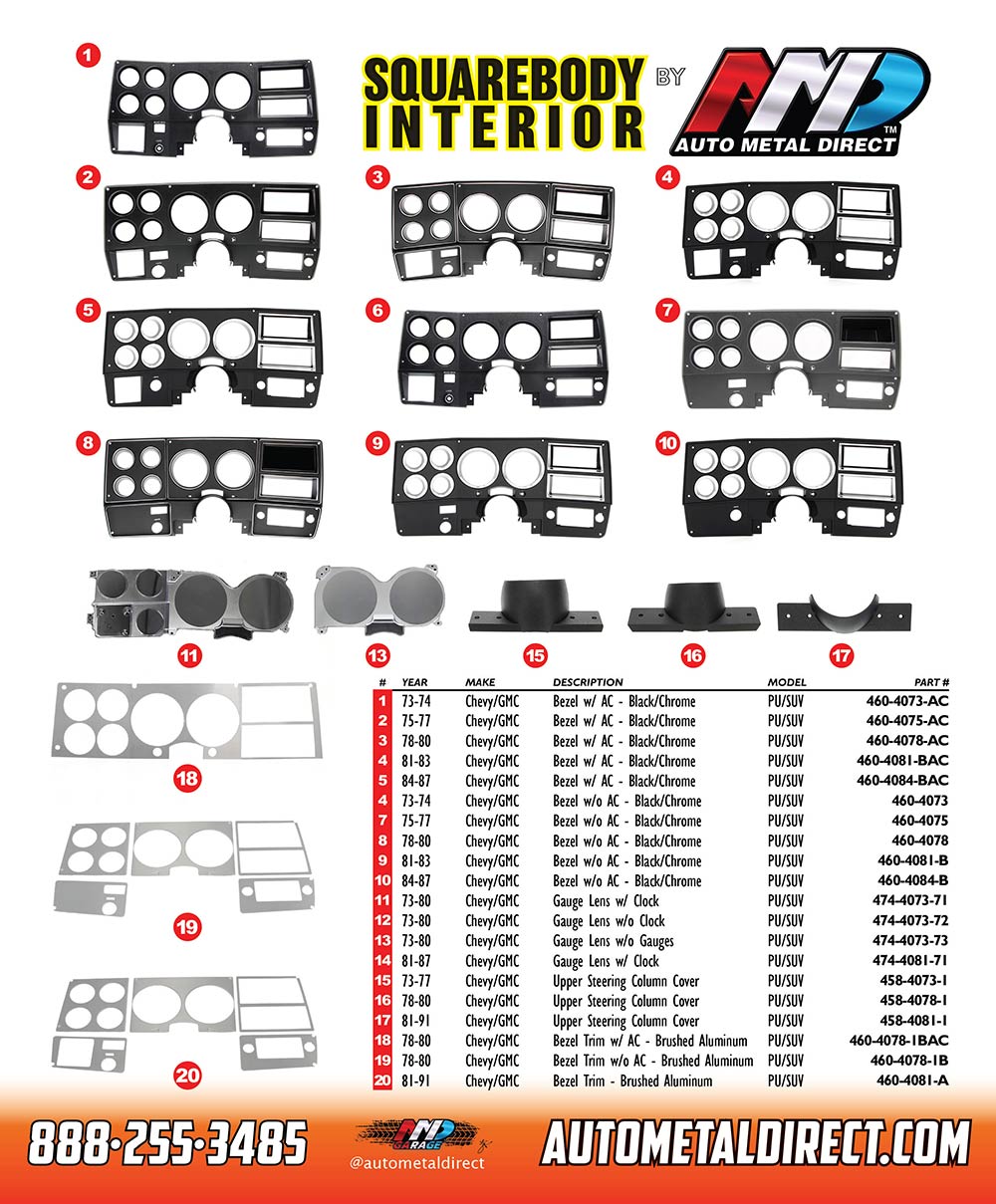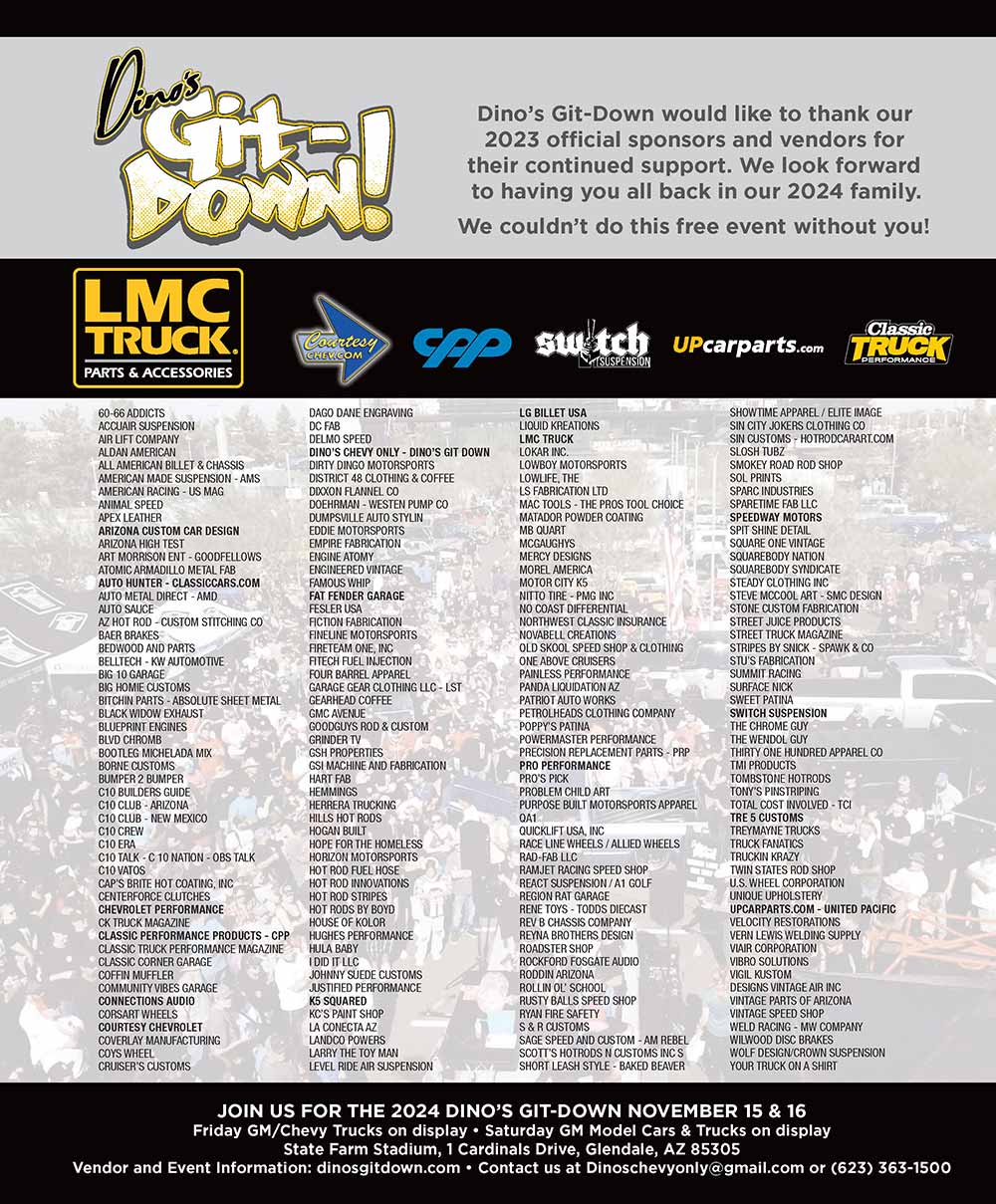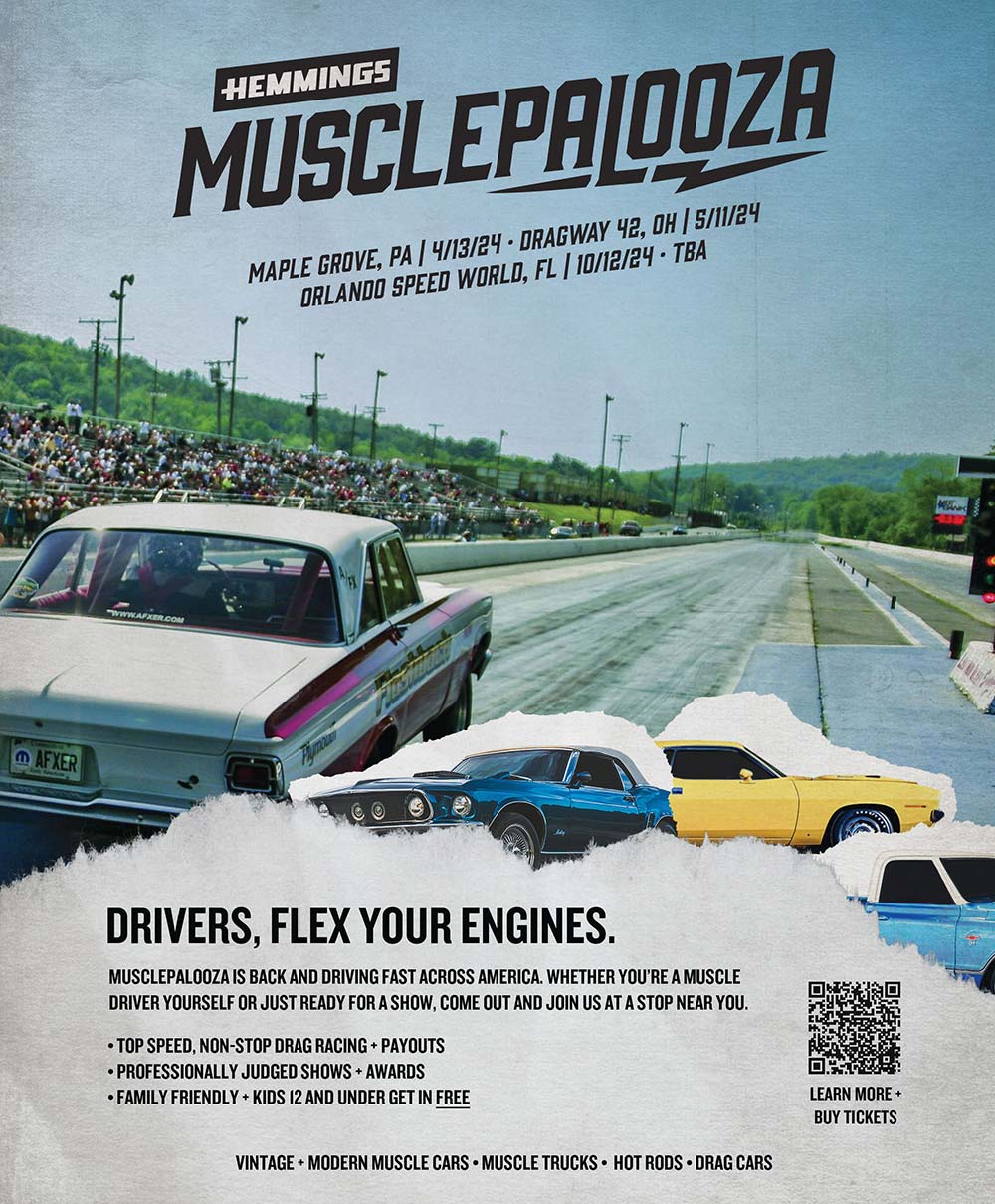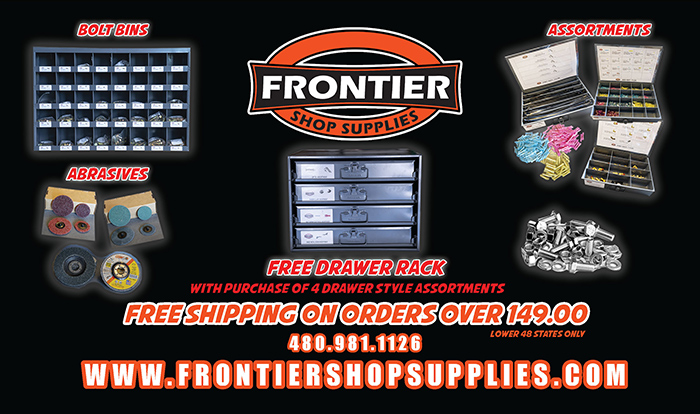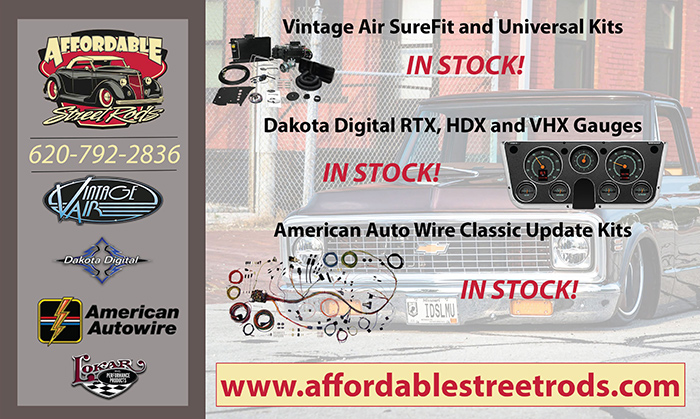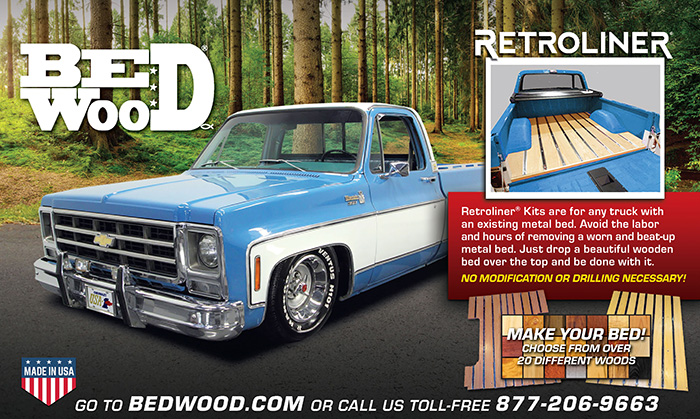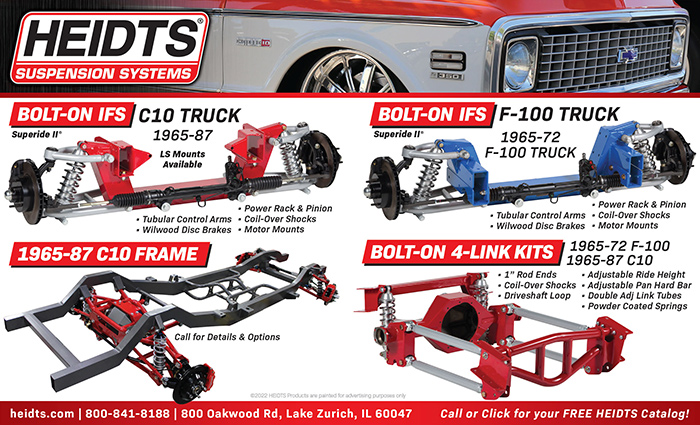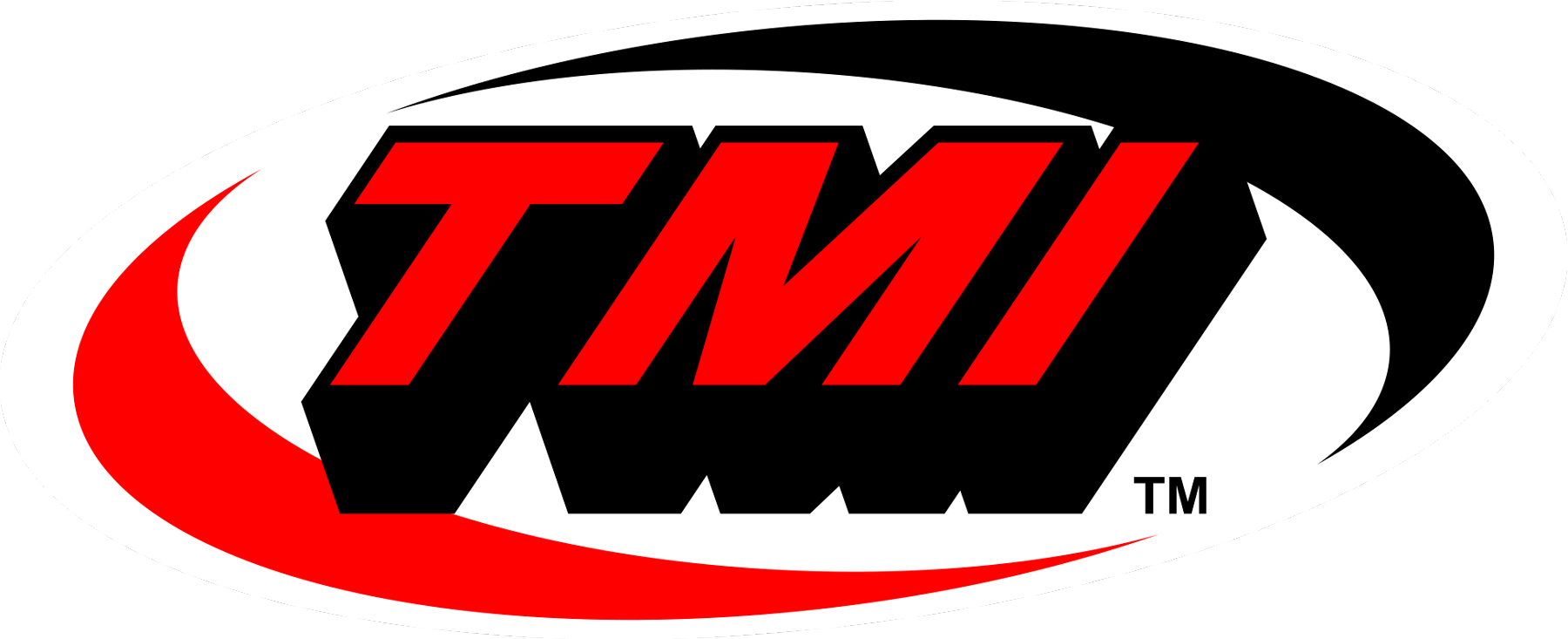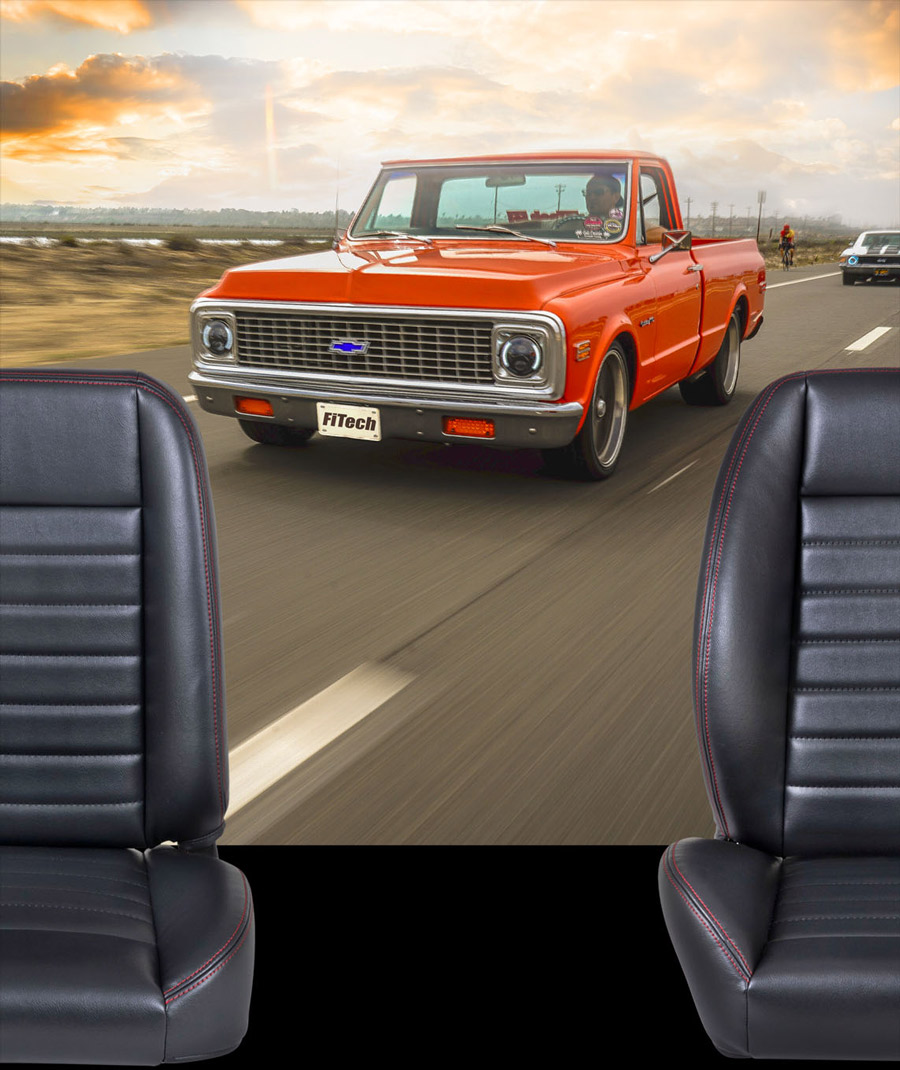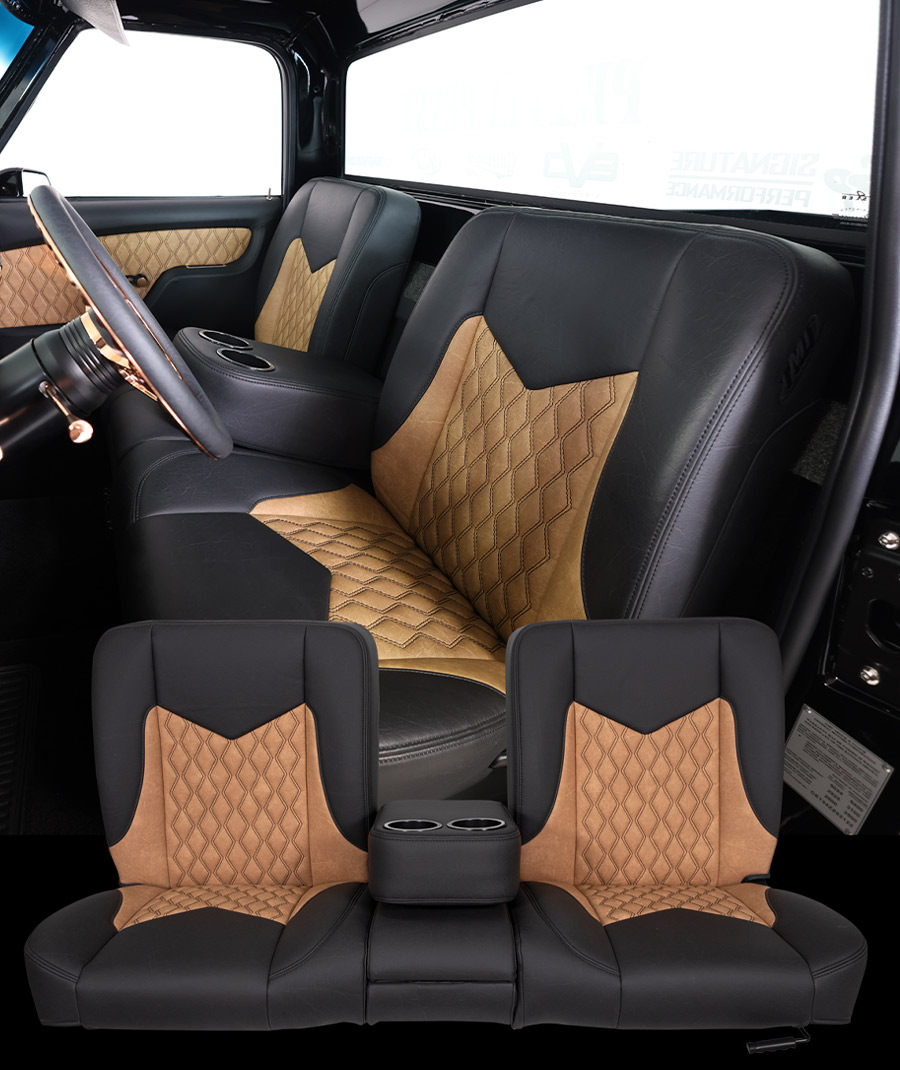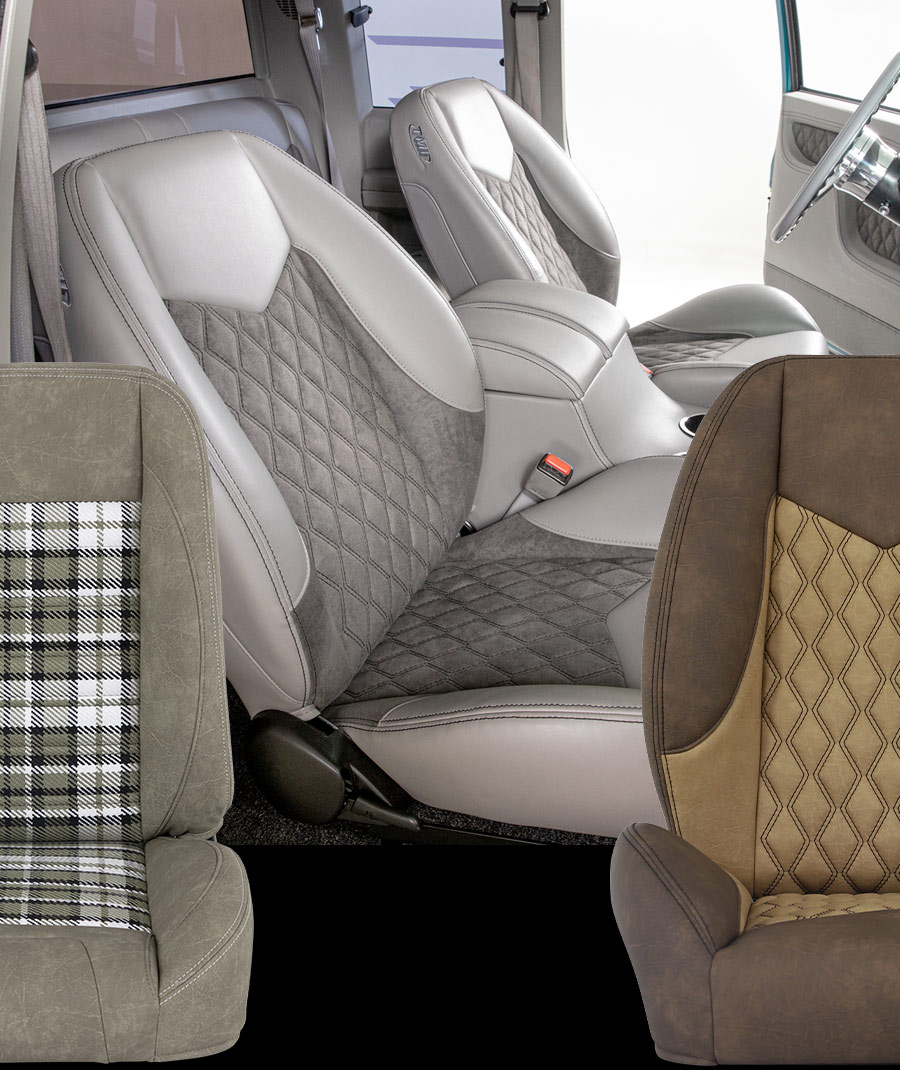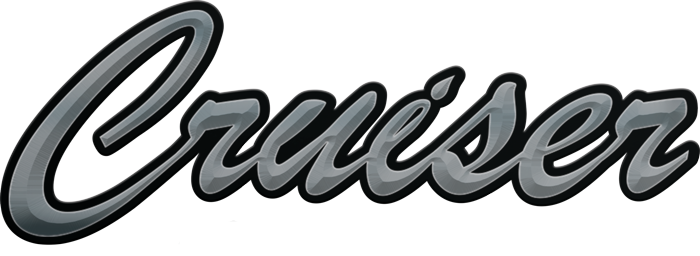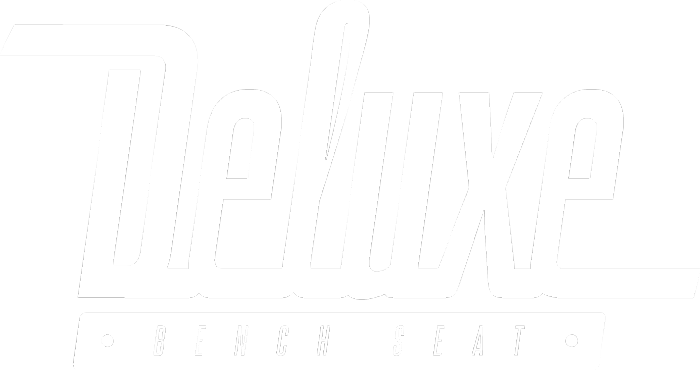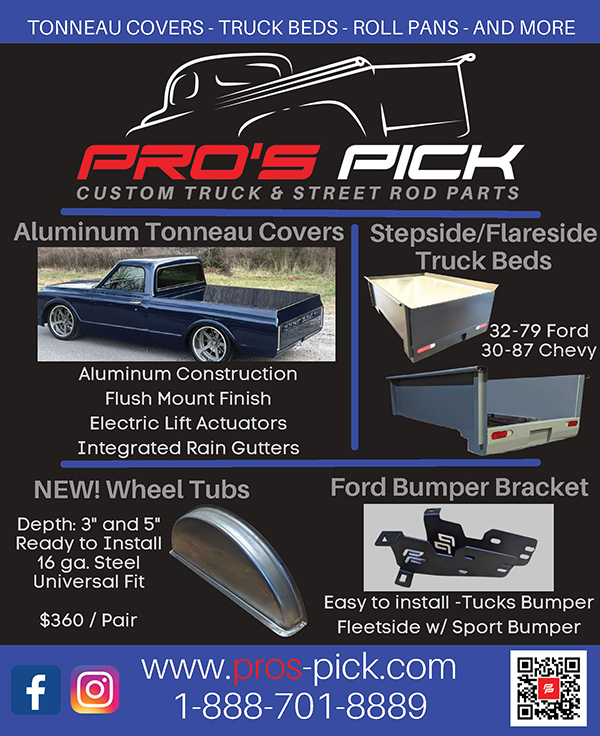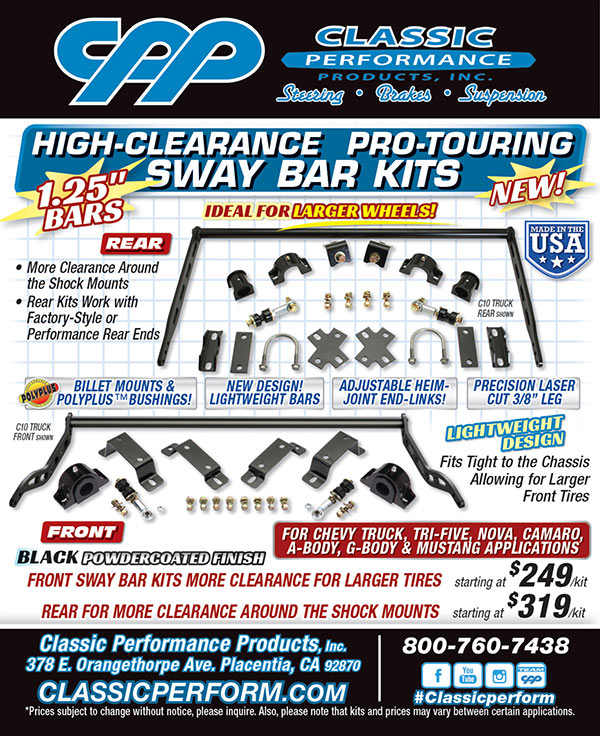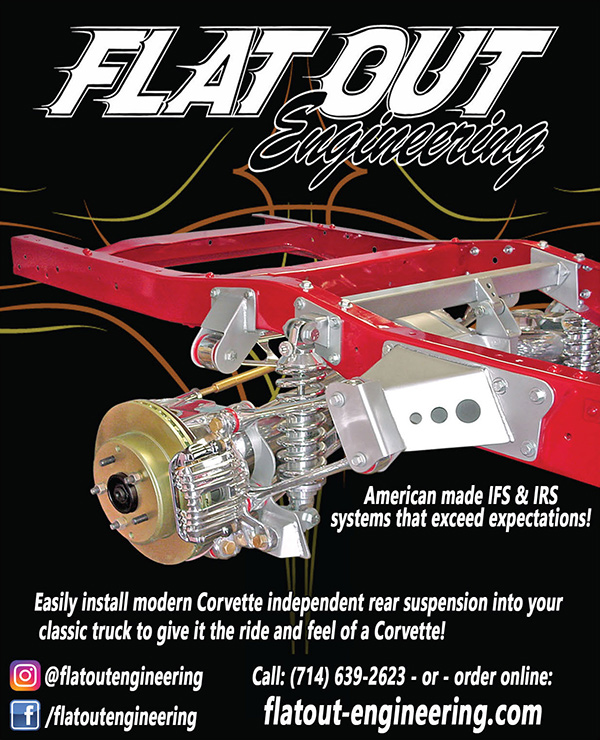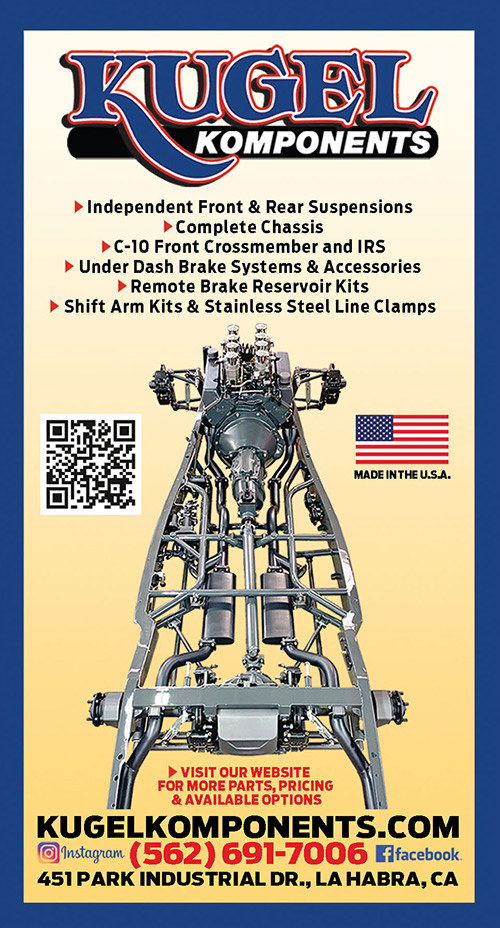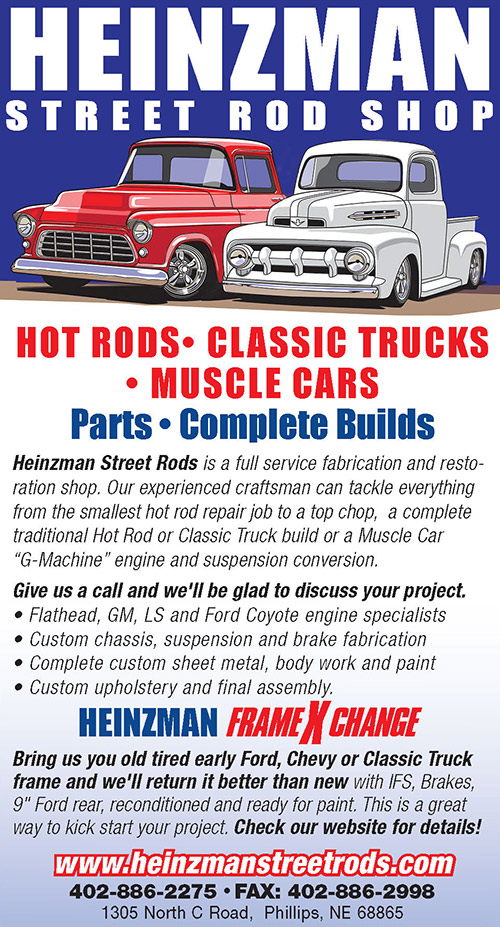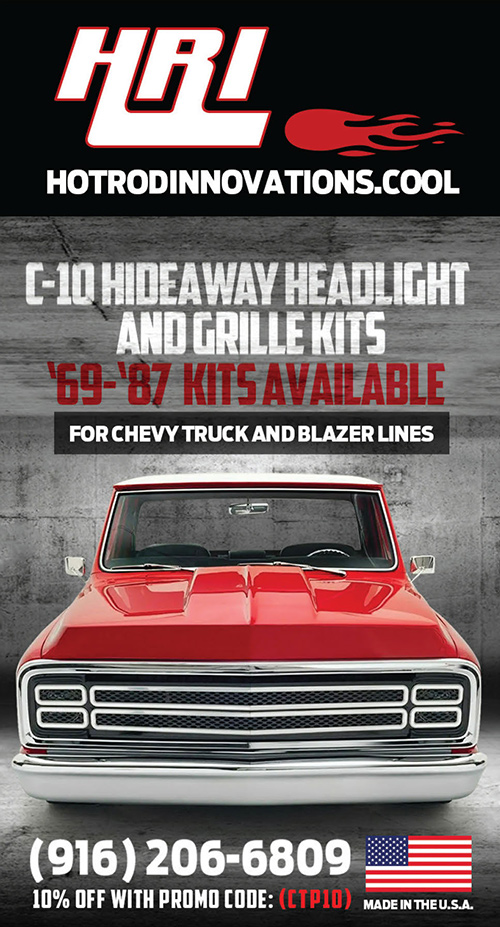
 TOC
TOC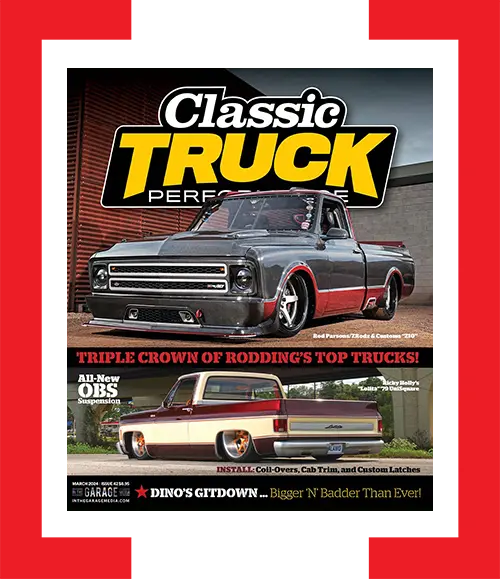
378 E. Orangethorpe Ave. Placentia, California 92870
#ClassicPerform
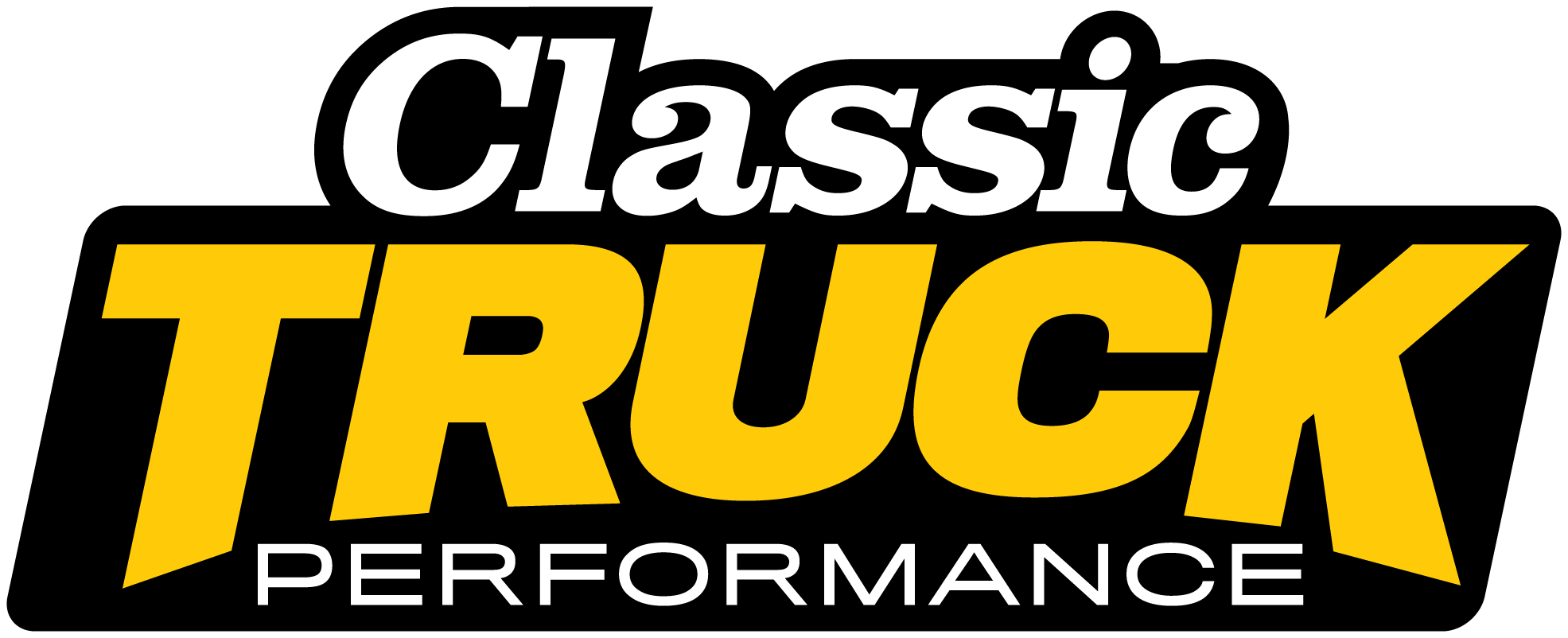
Wes Allison, Rodney Bauman, Tommy Lee Byrd, Ron Ceridono, Michael Christensen, Ron Covell, Grant Cox, Dominic Damato, John Drummond, Fuelish Media, Eric Geisert, John Gilbert, Joe Greeves, John Jackson, Barry Kluczyk, Scotty Lachenauer, Don Lindfors, Ryan Manson, Josh Mishler, Todd Ryden, Jason Scudellari, Chris Shelton, Tim Sutton, Chuck Vranas, Michael Yamada – Writers and Photographers
ClassicTruckPerformance.com
AllChevyPerformance.com
ModernRodding.com
InTheGarageMedia.com
Travis Weeks Advertising Sales Manager
Mark Dewey National Sales Manager
Patrick Walsh Sales Representative
ads@inthegaragemedia.com
inthegaragemedia.com “Online Store”
For bulk back issues of 10 copies or more, contact store@inthegaragemedia.com
Editorial contributions are welcomed but editors recommend that contributors query first. Contribution inquiries should first be emailed to info@inthegaragemedia.com. Do not mail via USPS as we assume no responsibility for loss or damage thereto. IN THE GARAGE MEDIA, INC. reserves the right to use material at its discretion, and we reserve the right to edit material to meet our requirements. Upon publication, payment will be made at our current rate, and that said, payment will cover author’s and contributor’s rights of the contribution. Contributors’ act of emailing contribution shall constitute and express warranty that material is original and no infringement on the rights of others.

PRINTED IN THE USA.
CTP RESELLERS
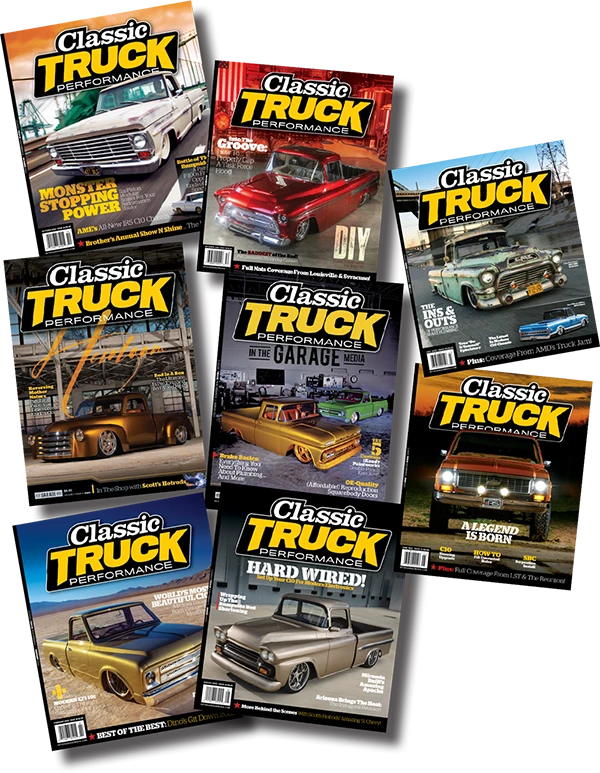

 Still Hammerin’
Still Hammerin’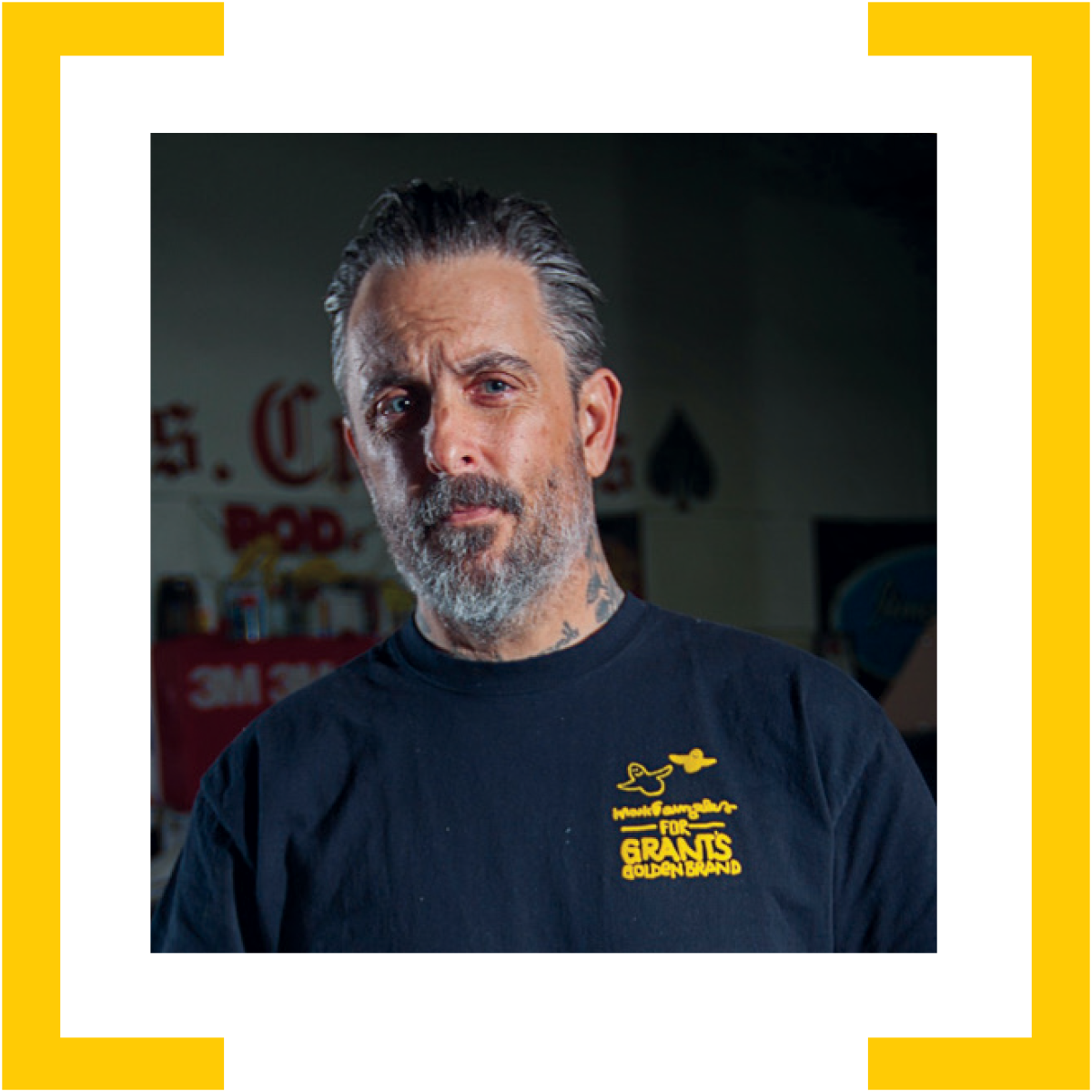

s I sit in front of my computer for the first time in 2024 (it’s January 2nd … still shaking off the holiday relaxation vibes!), typing my first editorial of the year, I’m simultaneously reflecting on the 30-plus years I’ve spent doing this monthly ritual—but more importantly, how that ritual, and its subsequent implementation for public consumption, has changed over the last three decades.
While email and its evil giver of life, the Internet, came into prominent public use the very year I began my career in 1993, its usage in the publishing industry as far as I was concerned took a couple years—but even then, it was little more than a convenient communication tool, if that. I typed my editorial on a glorified word processor, printed it out on dot matrix paper, it was read and (sometimes heavily) corrected by a copy editor, and then a copy of it via floppy disc was hand carried to the art director to be prepared for publication (the last part is the only aspect that similarly continues to this day!).
I found a common thread in my monthly editorials: stirring the pot, so to speak … not so much getting people riled up (though that occasionally was the result!) but getting people to talk. And with a monthly magazine, that “talk” wouldn’t occur till at least three months after I’d initially written said editorial—at which point, I’d already whipped out two more, so it wasn’t uncommon for me to forget what controversy I’d stirred up until I began getting letters in the mail … which we’d oftentimes print another three months later! See where I’m going with the time frame aspect? It wouldn’t be long before email—and the Internet—would change the game entirely.

 Parts Dept.
Parts Dept.
For more info, contact Wilwood Engineering at (805) 388-1188 or visit wilwood.com.
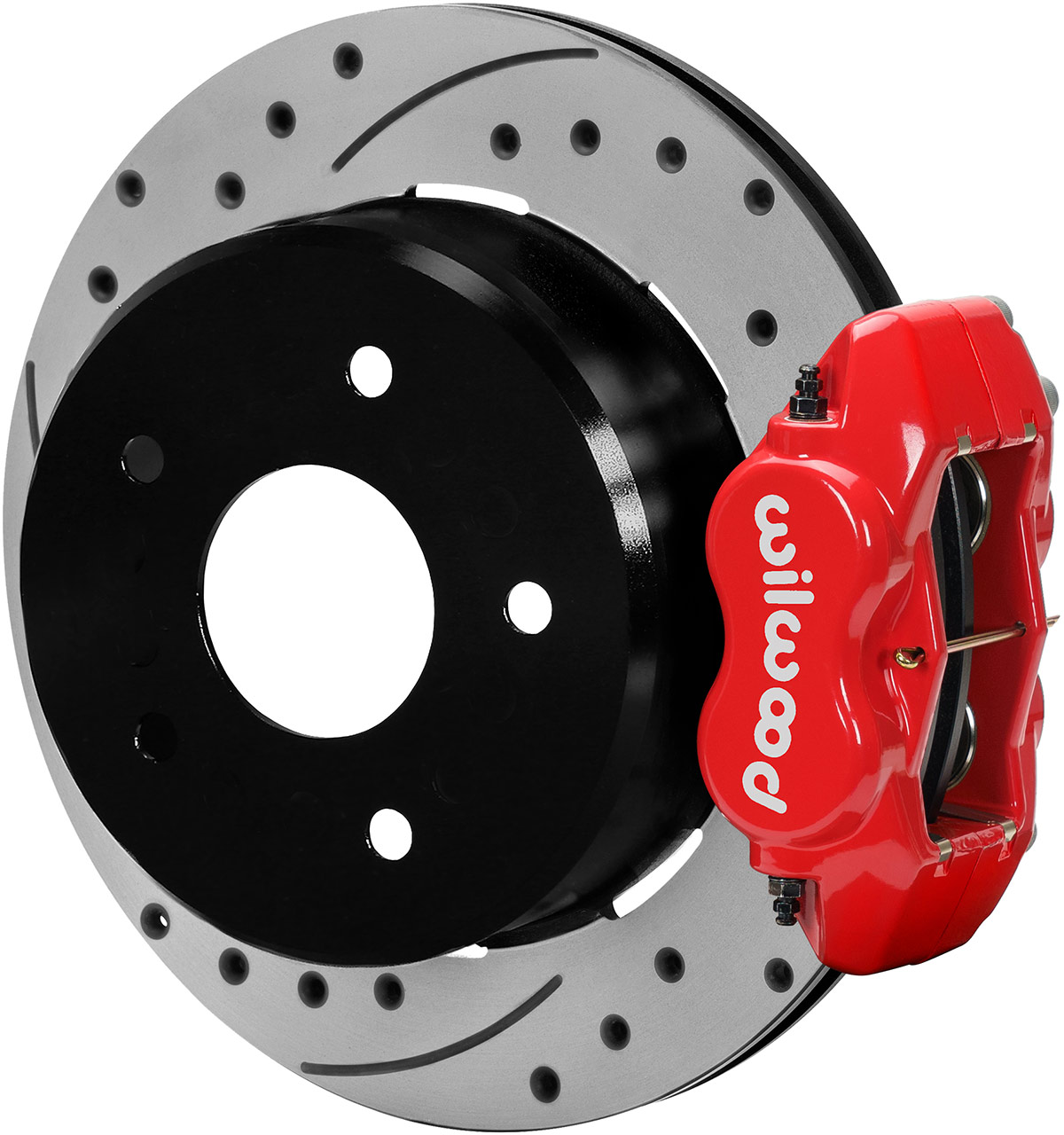
For more info, contact Bowler Performance Transmission at (618) 943-4856 or visit bowlertransmissions.com.
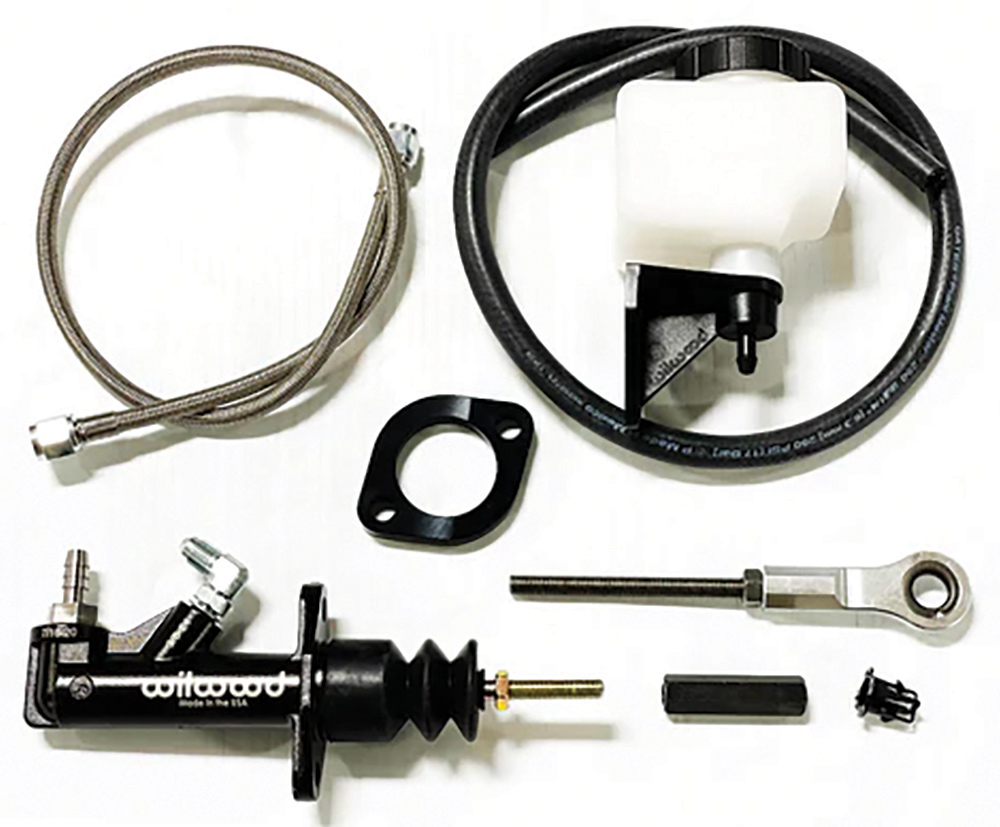

 Feature
Feature

 Photography by John Jackson
Photography by John Jackson’ve always admired the use of carbon fiber—from F1 racing to motorcycle accessories and even smartphone covers. But, when I’d heard rumors and subsequently saw images on social media of an “all-carbon” C10, well … I wasn’t sure what to think. That is, until I finally saw “Z10” in person.
As the subtitle suggests, “stunning” is the first word that came to mind when I finally laid eyes on Rod Parsons’ hand-laid fiber work of art, a team collaboration between Zach Ingram’s Zrodz and Customs and his and Rod’s side biz, composite specialist Fiber Forged (in Knoxville, Indiana). First and foremost, it was kinda hard to wrap my head (no pun intended) around the fact that there was no actual C10 sheetmetal beneath the carbon-fiber body—it’s all composite artistry!

 Tech
Tech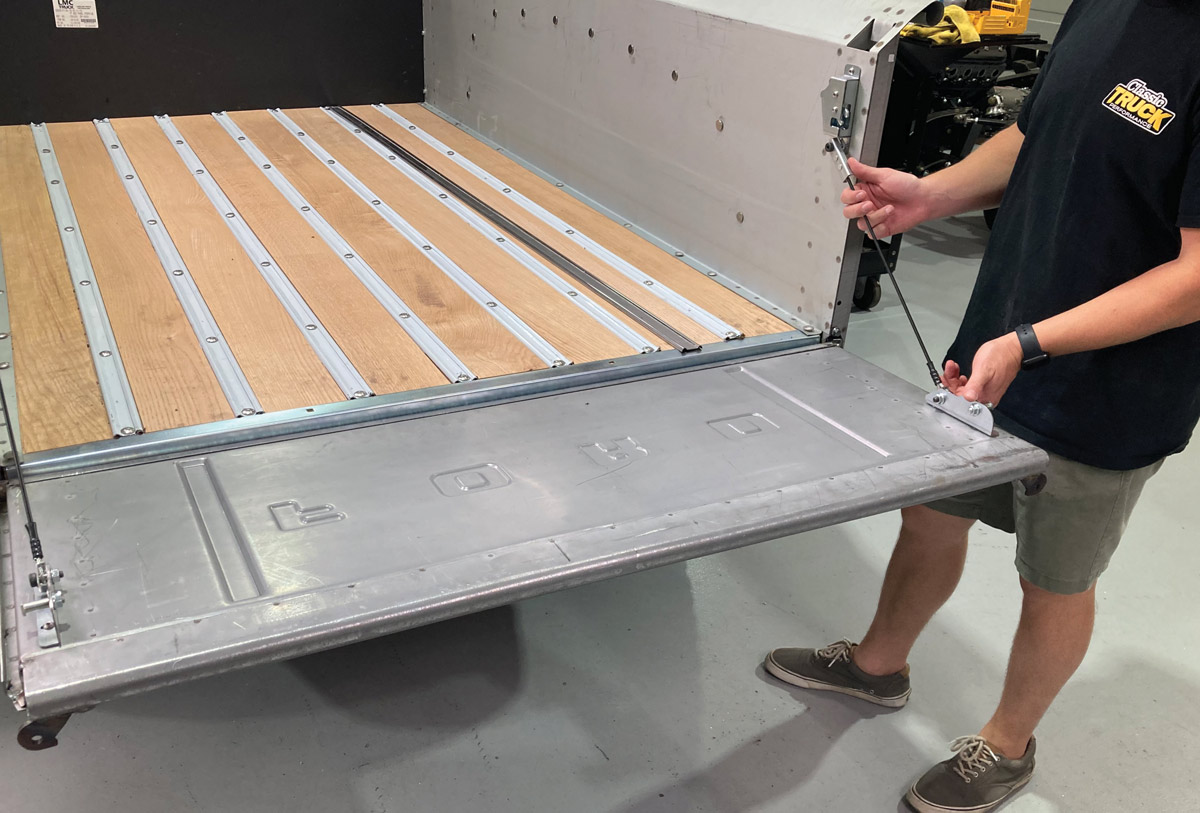
 Photography by THE AUTHOR
Photography by THE AUTHORhen new, many of what we consider today to be classic pickups were much more rudimentary when compared to their modern equivalent. Creature comforts, like climate control or a radio, were oftentimes only available as upgraded options on what would otherwise be a bare-bones workhorse. Power accessories were unheard of and anything that didn’t actually contribute to what might be the job at hand were omitted. Today, however, these trucks are receiving a new lease on life thanks to the revived interest in their use, not so much for work but for play as well. With that comes the upgrades that many of us have come to expect, having been spoiled by the creature comforts and build quality of modern vehicles. The addition of power accessories, climate control, et al, are standard fare on many classic truck builds today, as is an expectation of improved quality.
Fit and finish were unlikely talking points of our trucks originally, with terms like “strength,” “hauling capacity,” and “workload” being the more predominant adjectives. The doors and hood fit and that was about it, they opened and shut and that was the be-all end-all, for the most part. The hood and tailgate were likely the same. Things were adjusted to the point where they operated without conflict, with aesthetics and style oftentimes being overlooked or simply not of concern. Fast-forward to today and these trucks are being rebuilt to levels never dreamt of by their original designers, with fit and finish being a serious concern. This often requires reworking much of the original equipment to a point past its capability, requiring modification or complete replacement necessary. In some cases, there was no original equipment to achieve what we might set out to accomplish today.

 Feature
Feature

Ricky Holly’s Square Unibody Dared to be Different … and Succeeded
 Photography BY John Jackson
Photography BY John Jacksonn a hobby consumed by amazing Squarebody C10 pickups and Blazers, what does it take to be different yet not too over the top? The answer: The collaboration between Ricky Holly and Robert Mesa, Chris Pate, and Jose Pena … aka “Lolita.”
When asked the proverbial “why?” Ricky told us: “The inspiration behind the Unibody was that we had never seen a Unibody Squarebody before. With the thousands of C10s today it’s almost impossible to do something different, so we decided, why not try it?! I’d say the hardest part was finding a solid donor truck that was in decent shape and not too overpriced to cut up. Ultimately, I had to buy a [’79] Blazer and an [’85 Fleetside] truck to pull the Unibody off.”

 Tech
Tech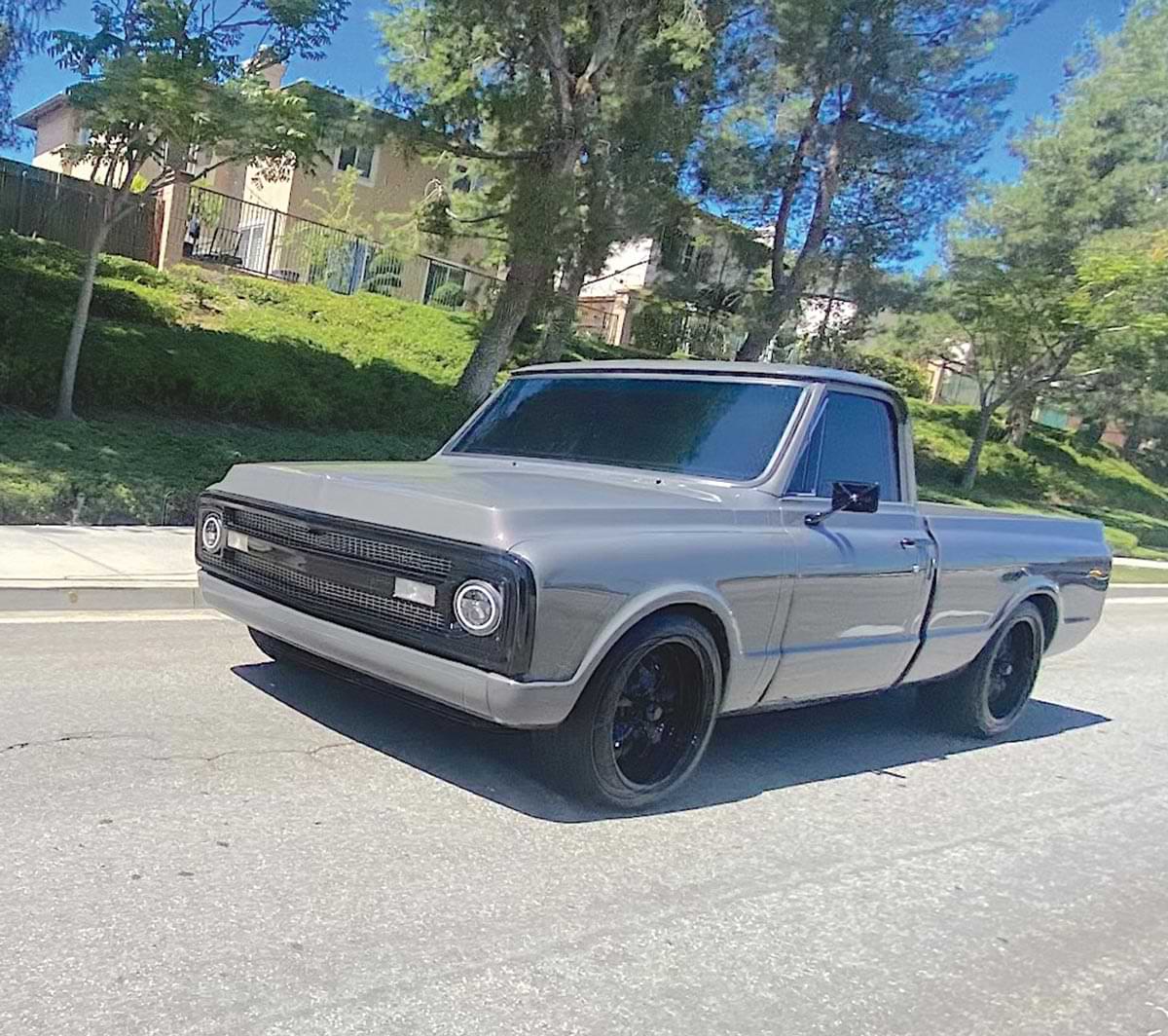

And Other Myths Dispelled With a Coilover Kit From Aldan American
 Photography BY THE AUTHOR
Photography BY THE AUTHORrucks are utility vehicles. Ask any old-timer chassis engineer from one of the original Detroit Big Three car companies and they will undoubtedly announce that back in the day trucks had one singular purpose: haulin’ stuff! That certainly was the original plan when General Motors’ C10 chassis arrived on the scene starting in 1960. Back then, only farmers really needed trucks, the rest of us were completely happy with big sedans and assorted muscle cars. But the truck market is massive today, with both regular folks who need to “haul stuff” and enthusiasts. We insist that today’s new trucks haul everything from fresh cut wheat to a team of 10-year-old soccer players with ease and comfort.
Obviously classic trucks have had a huge resurgence for a number of reasons, including their low cost; simple, modifiable drivetrains; and cool designs, just to hit the high points. Interestingly, the utilitarian aspect of these classic vehicles has taken a back seat to the fun-to-drive aspects they now deliver (pun intended). But those classic trucks still need a lot of help in the handling department. Enter Aldan American with their advanced coilover conversion system.

 Event
Event
 BY Fuelish Media
BY Fuelish Mediapanning two days, November 10-11, the 2023 Dino’s Git-Down can only be aptly described as “madness.” And let’s clarify, this isn’t a negative connotation–it’s the kind of madness that ensues when thousands of people and trucks converge in one colossal celebration of automotive passion. With the specter of the pandemic gradually fading away, the event became a reunion of sorts, reuniting familiar faces not seen for a long time while welcoming a wave of newcomers into the fold.
With every passing year, this “Chevy only” affair continues to take on an unprecedented leap in growth. As we pulled into the State Farm Stadium parking lot in Glendale, Arizona, on the inaugural morning, the sheer number of vehicles eagerly waiting to roll in caught us off guard. The venue, already expansive in previous years, seemed to have expanded even further, making it abundantly clear that this edition was going to be on a grander scale.
Stepping inside, the “Top 100” section immediately seized our attention with its remarkable display of top-tier rides, each a testament to meticulous craftsmanship. Surrounding this elite assembly was the vendor section, a bustling marketplace featuring the foremost parts companies in the industry. While walking through this massive section, one could not help but to stop by each booth, which were all flanked by some of the most awe-inspiring truck builds on the planet.

 Feature
Feature Photography BY THE AUTHOR
Photography BY THE AUTHOR
any true hot rodders state that “built” is better than “bought.” Adding one’s own touches to a bedded muscle machine through his/her own vision, hard work, and dedication to a final product truly brings out the best in our hobby. Whether your concept hits a home run with the public or not is not the ultimate goal; making your own dream a reality is the definitive objective here, my friends!

 Tech
Tech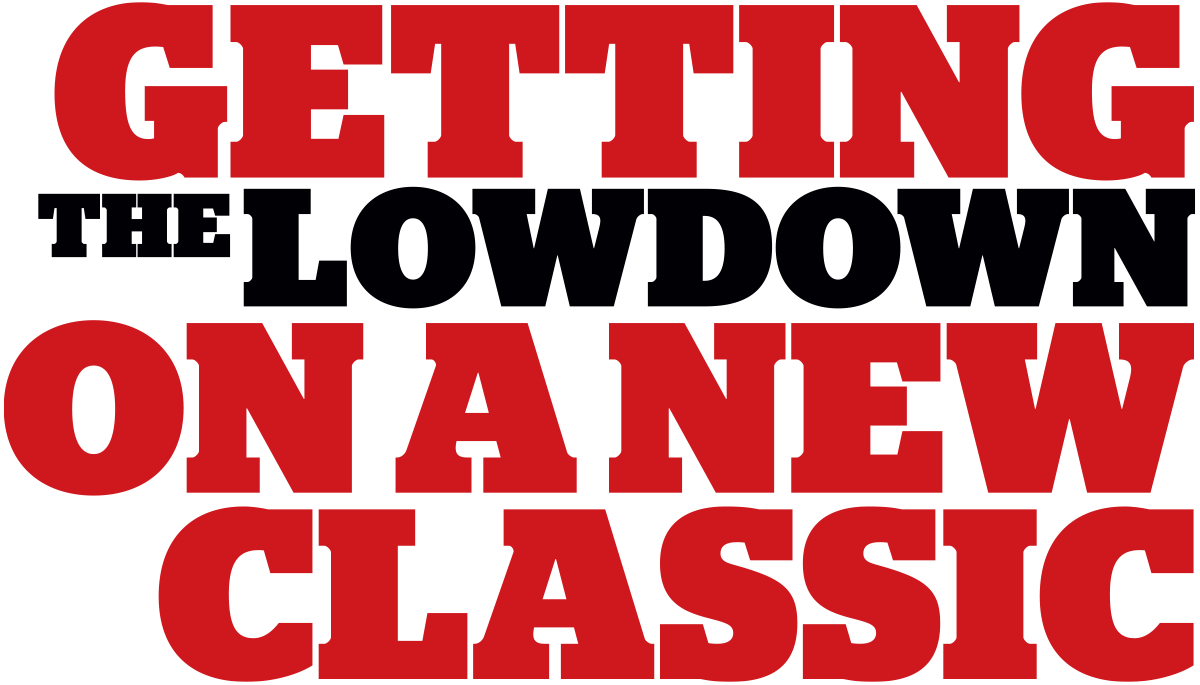
 Photography BY Taylor Kempkes
Photography BY Taylor Kempkest’s interesting how perceptions change with time. Take classic trucks as an example. In the ’70s the term “classic” began being applied to any truck that was produced before or shortly after World War II. As the years rolled past, the definition of a classic continued to creep forward and as a result ’60s and ’70s trucks began being referred to as classics. To prove the point that perceptions, and the definitions that go with them, change with time, we offer what are often referred to as OBS (old body style) Chevys.
OBS became a term used to distinguish ’88-98 Chevy and GMC truck styling from those that would follow in 1999 (Tahoe, Yukon, and Suburban styling stayed the same through 2000). While using the term “old” to a body style that was discontinued in 1998 seems odd, that was 26 years ago. Time really does fly by.
Regardless of the label put on them, the OBS series have a lot to offer. They’re good looking, comfortable, there’s an abundance of aftermarket parts available, and they’re plentiful, which means they are reasonably affordable.

 Feature
Feature
 Photography BY Grinder TV
Photography BY Grinder TVvery owner/builder gets a tech sheet to fill out after their truck’s been photographed for a feature—it’s SOP (standard operating procedure) in the magazine world. Some choose to fill it out with a “yes/no” for, well, pretty much everything, leaving us to do the research info-wise, while others take the time to go above and beyond answering the simple “why/how” questions. A good example is Mike Bigelow with his slick C10 “Sweet ’Tina.” Since he stated the facts oh-so matter-of-factly, we figured why not let him tell his own story. Take it away, Mike!

 Event
Event
 Photography BY THE AUTHOR
Photography BY THE AUTHORhis year’s C10 Fall Revival, in Denton, North Carolina, was a spiritual awakening of the classic GM truck, with an attendance that rivals almost any truck show in America.
The C10 Fall Revival’s name is very much on purpose, intending to be similar to a church revival. There’s no admission fee and no awards. It’s a come-as-you-are and leave with a newfound love of the hobby. “Free is how it should be,” Kasey Harris with Harris Art Co. and one of the event’s promoters says. “It’s important, it’s part of the vibe.”
Only in its fourth year, the show has rapidly outgrown its former host and is now at the Denton Farmpark. This year, the two-day event saw over 1,704 trucks! “This is kind of the original hangout,” Harris says. “There are no awards and no ceremonies. It’s just the big hang of the East Coast.”

 Tech
Tech
InTheGarageMedia.com

 Photography BY THE AUTHOR
Photography BY THE AUTHORhe Chevy C/K Series trucks from 1973-80 are classic pickups known for their style, durability, and utility. As with any vintage vehicle, ensuring that its components are in top condition and using quality replacement parts is crucial for preservation. One of the aesthetic and protective components of this series truck is the popular molding and trim. Specifically in the ’73-80 model trucks, the trim is one of the best identifiers of the model range and even the specialized one-year-only ’77 yellow trims.
If your molding is damaged, faded, or missing, replacing it can boost your truck’s appearance. That is where Auto Metal Direct (AMD) comes to the rescue. Known for their high-quality, premium replacement parts, AMD is more than just metal. Their all-new line of restoration parts extends past the quality replacement panels we all know them for. This installation focuses on the back cab molding for the round eye trucks.
Ad Index
- AFFORDABLE STREET RODS73
- ALL AMERICAN BILLET19
- AMERICAN AUTOWIRE29
- AMSOIL9
- ART MORRISON ENTERPRISES27
- AUTO METAL DIRECT47
- AUTOMOTIVE RACING PRODUCTS49
- BEDWOOD AND PARTS73
- BOESE ENGINEERING97
- BOLING BROTHERS EARLY IRON67
- BORGESON UNIVERSAL CO.31
- CHEVS OF THE 40’S67
- CLASSIC INDUSTRIES21
- CLASSIC INSTRUMENTS71
- CLASSIC PERFORMANCE PRODUCTS4-5, 93
- DAKOTA DIGITAL99
- DINO’S GIT DOWN53
- EATON DETROIT SPRING, INC.93
- FITECH EFI71
- FLAT OUT ENGINEERING95
- FRONTIER SHOP SUPPLIES59
- GOLDEN STAR CLASSIC AUTO PARTS7
- GRANATELLI MOTOR SPORTS, INC.75
- HEIDTS SUSPENSION SYSTEMS87
- HEINZMAN STREET ROD SHOP97
- HEMMINGS55
- HOT ROD INNOVATIONS97
- KUGEL KOMPONENTS97
- LEGENS HOT ROD95
- LMC TRUCK100
- LOKAR2, 43
- NATIONAL STREET ROD ASSOCIATION57
- OLD AIR PRODUCTS77
- PAINT OVER RUST PRODUCTS, LLC75
- PHOENIX MACHINE PRODUCTS95
- POWERMASTER PERFORMANCE77
- PREMIER STREET ROD25
- PRO’S PICK93
- SCOTT’S HOTRODS59
- SPEEDWAY MOTORS39
- SUMMIT RACING EQUIPMENT11
- THERMO-TEC AUTOMOTIVE95
- TMI PRODUCTS93
- TRIPLE CROWN OF RODDING, LLC65
- VINTAGE AIR6
- WILWOOD ENGINEERING45




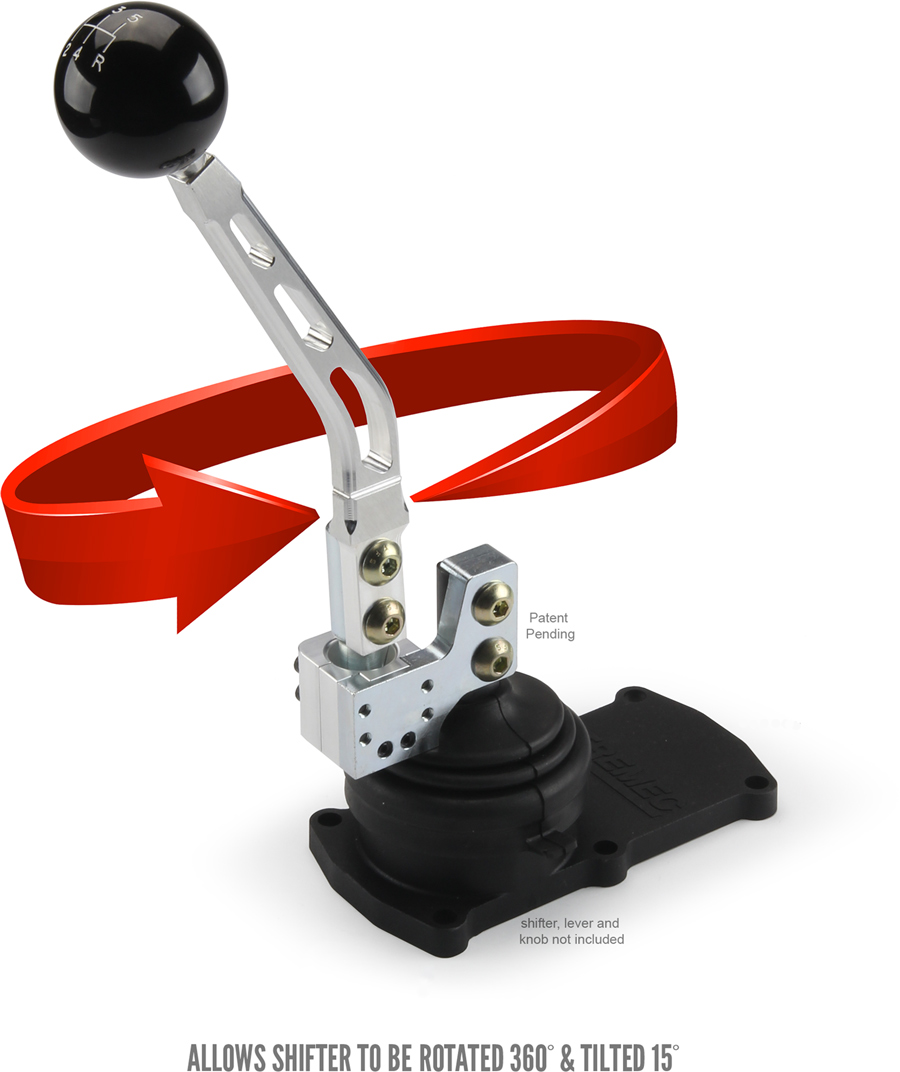
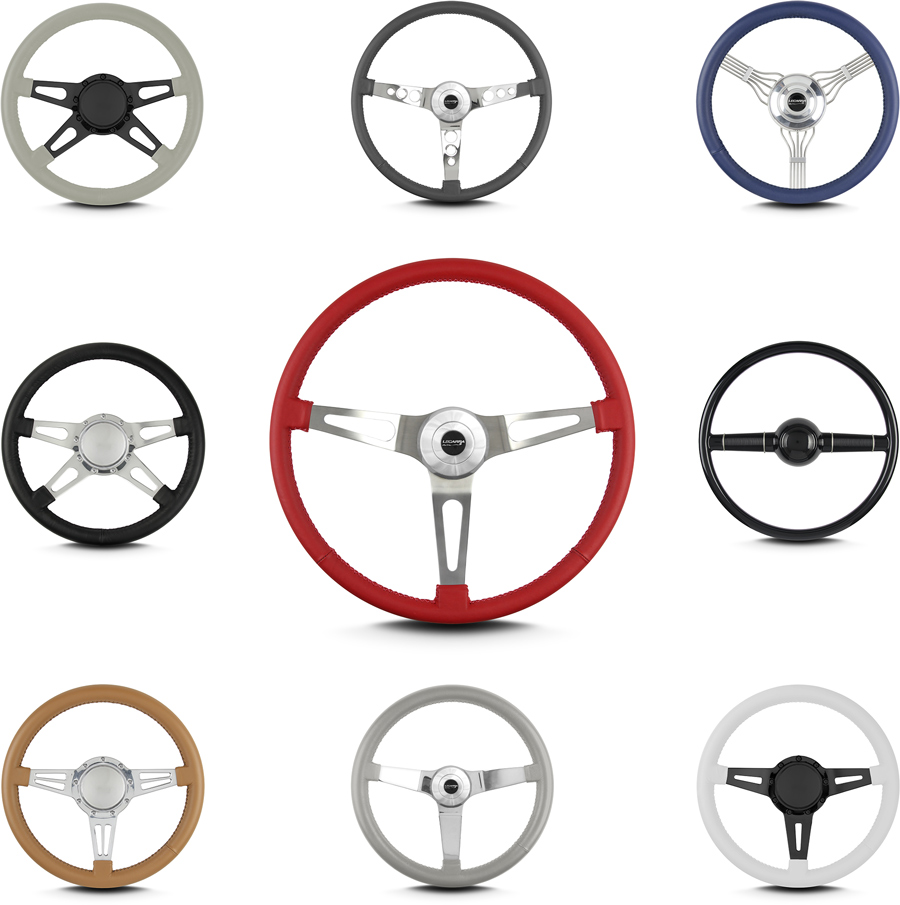
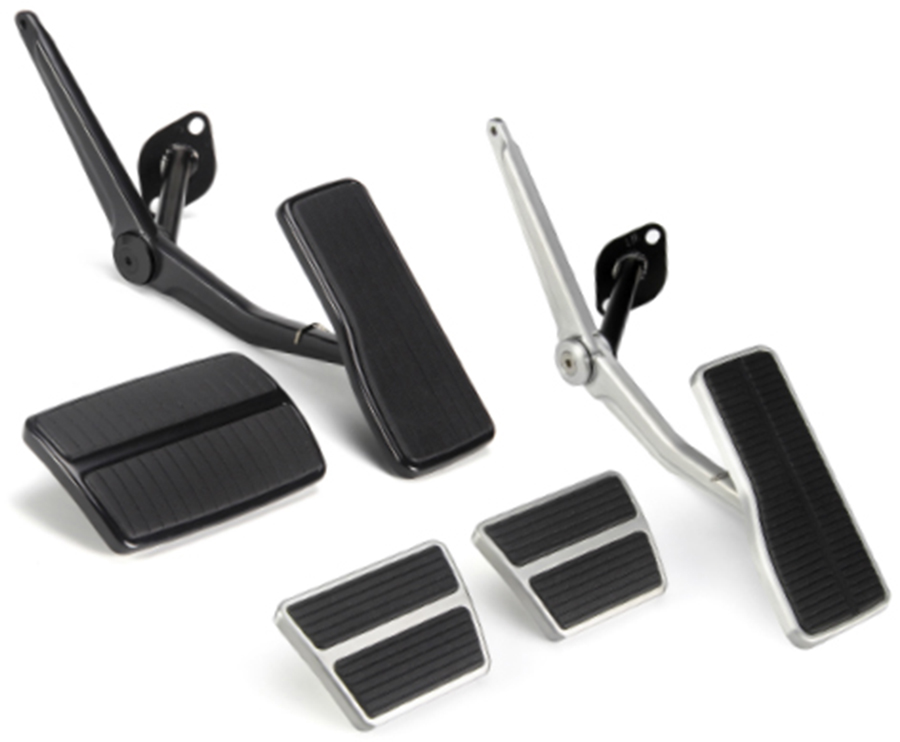


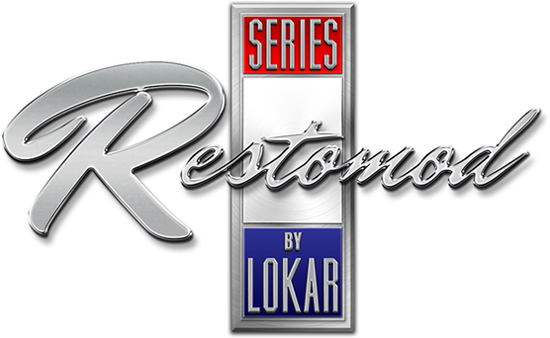
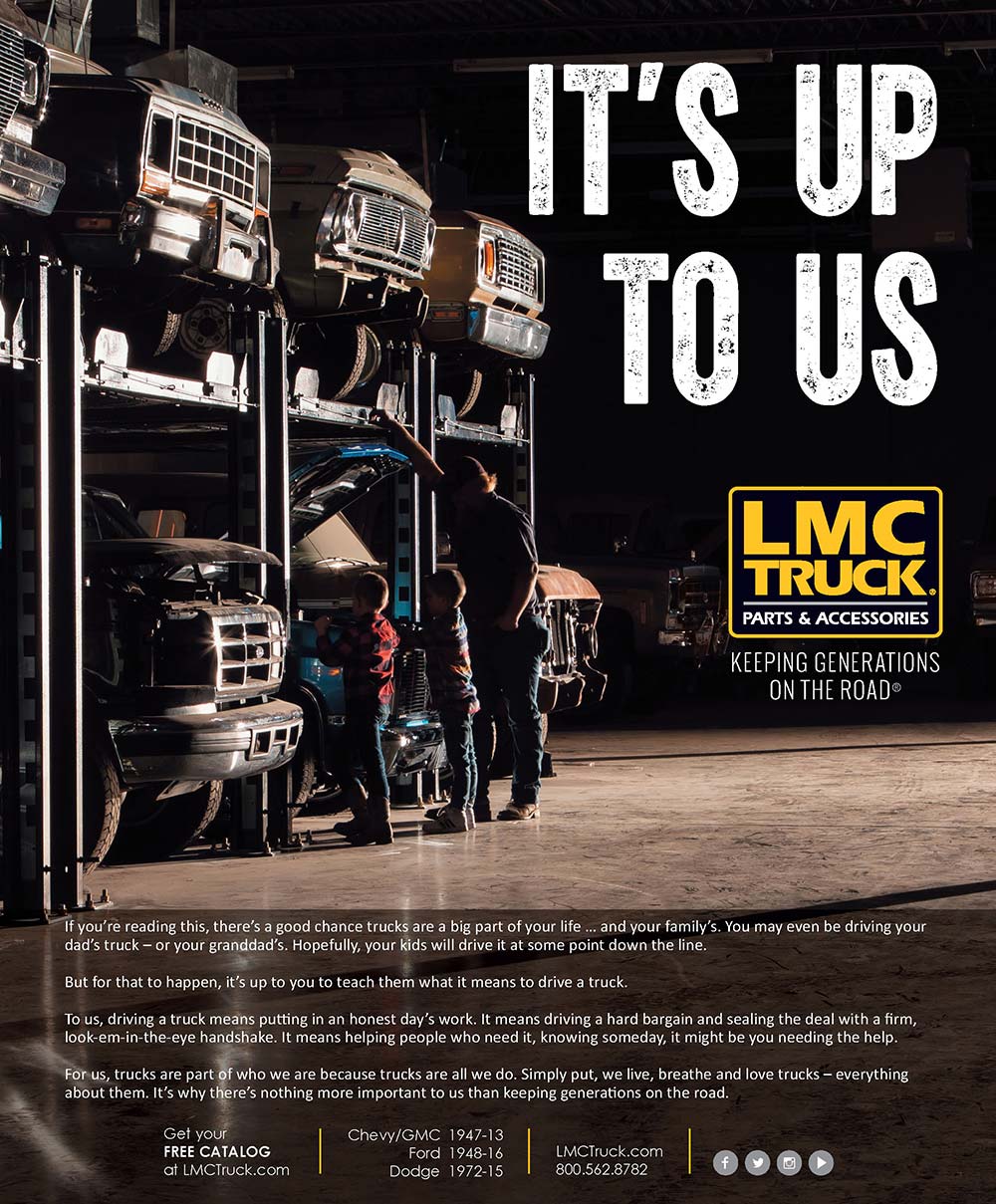
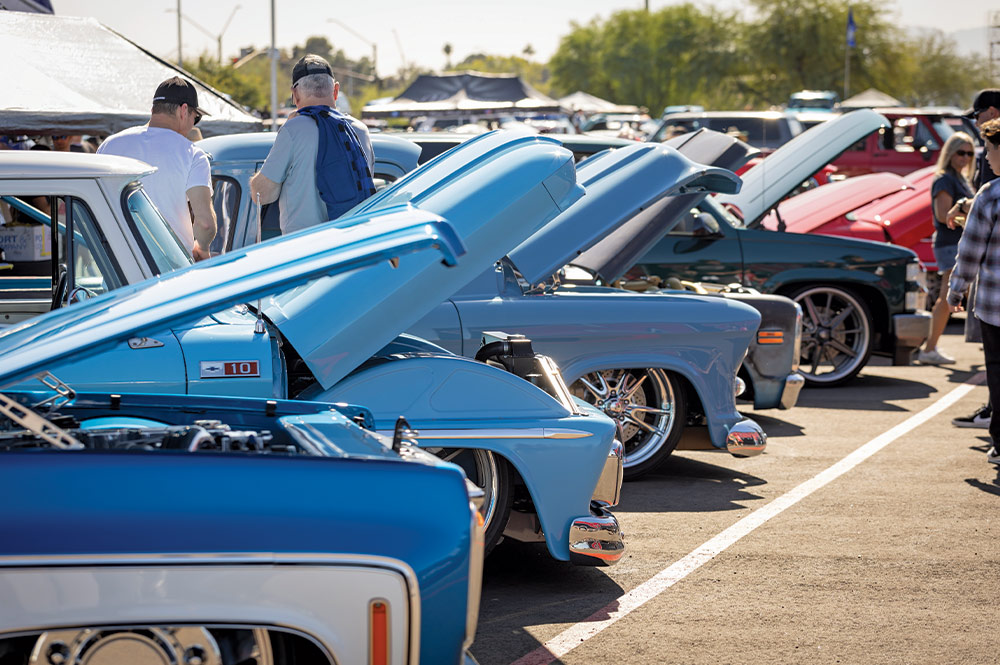
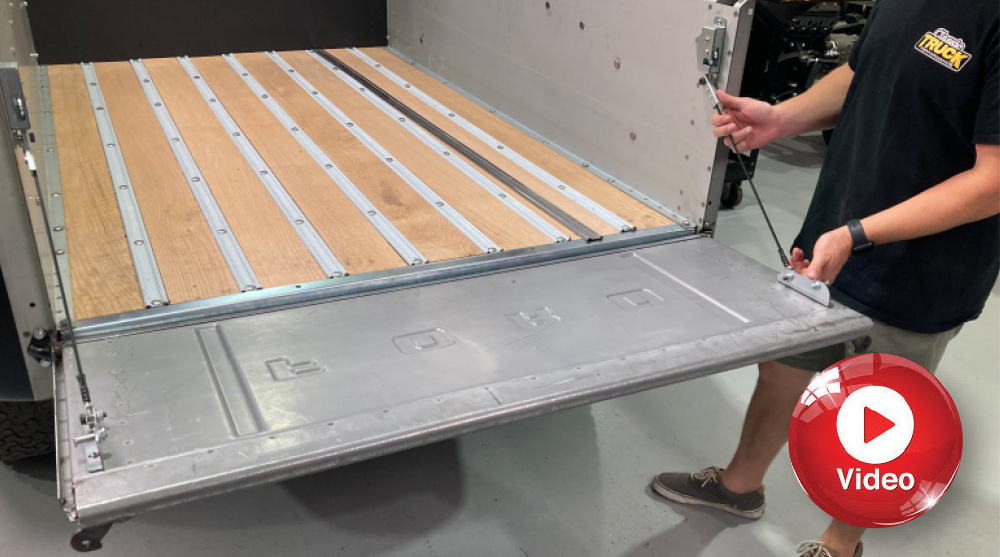


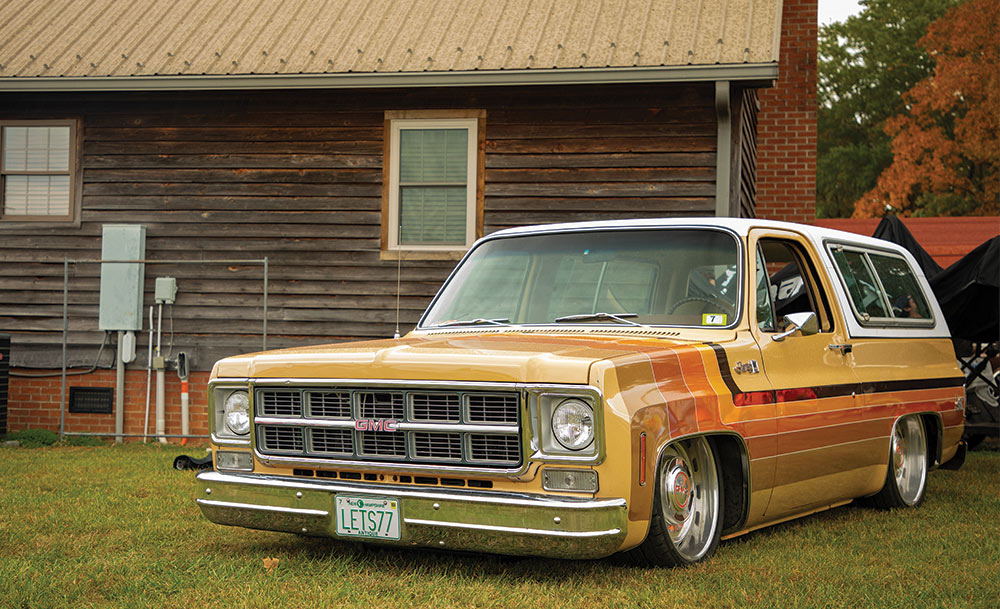

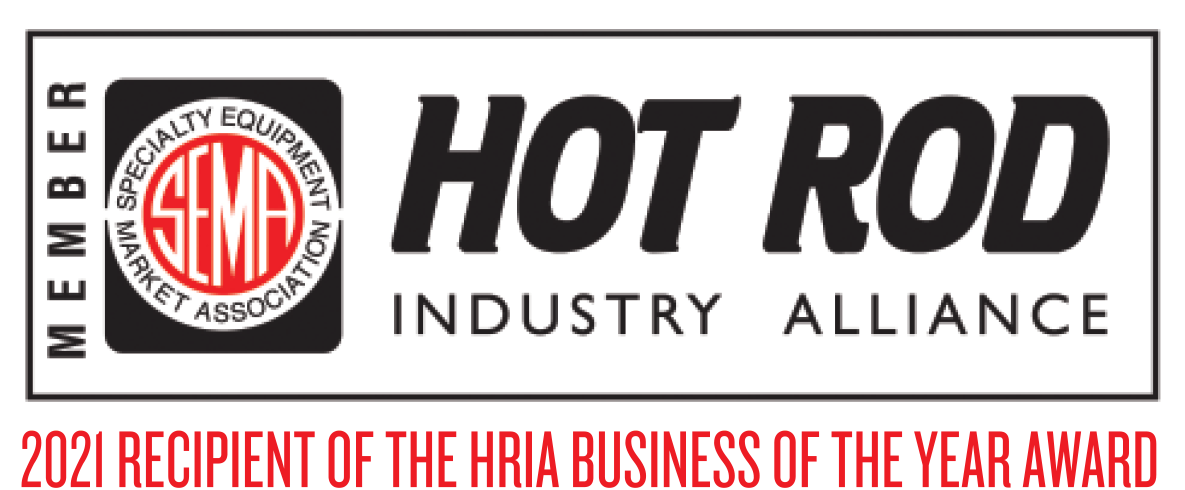

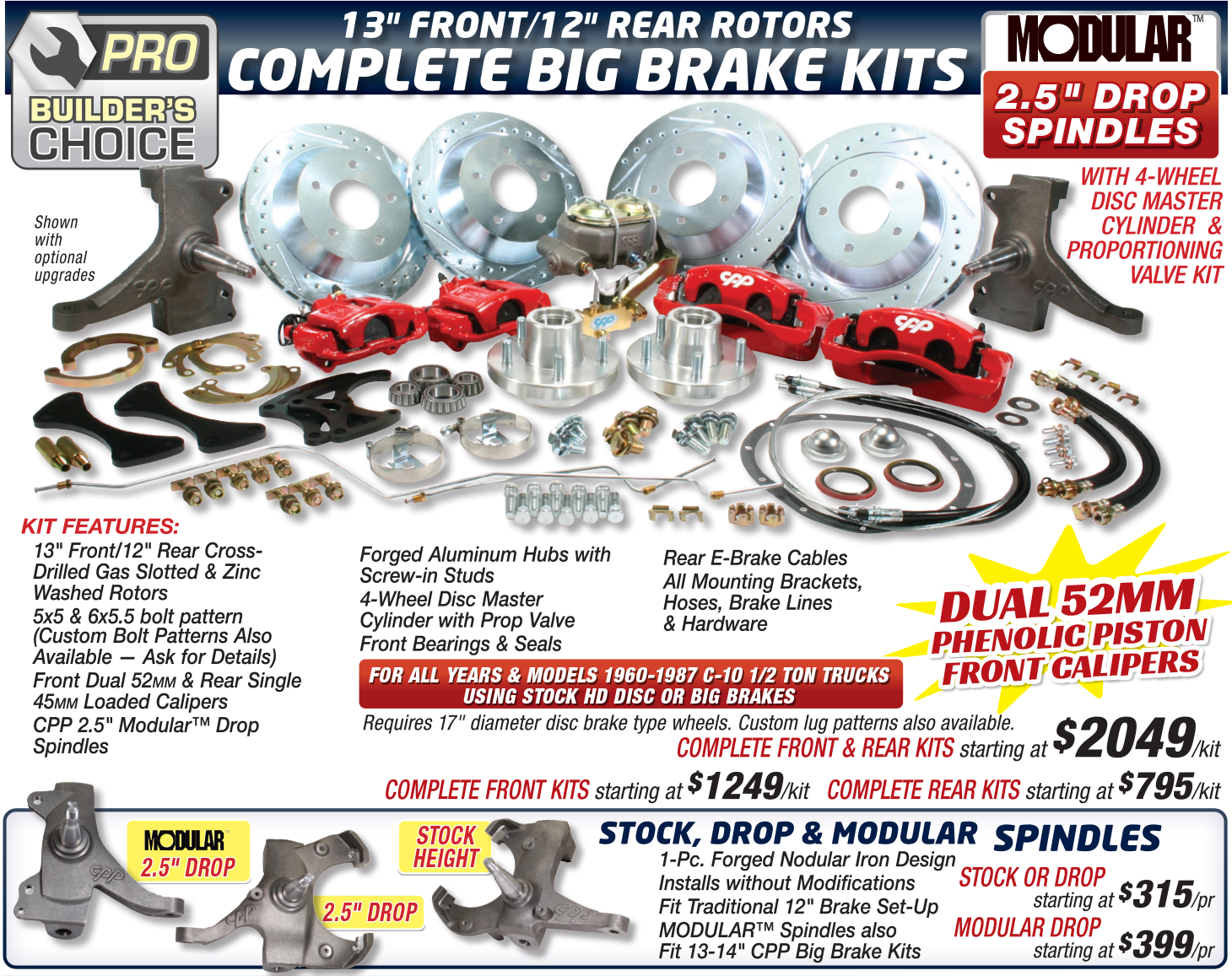
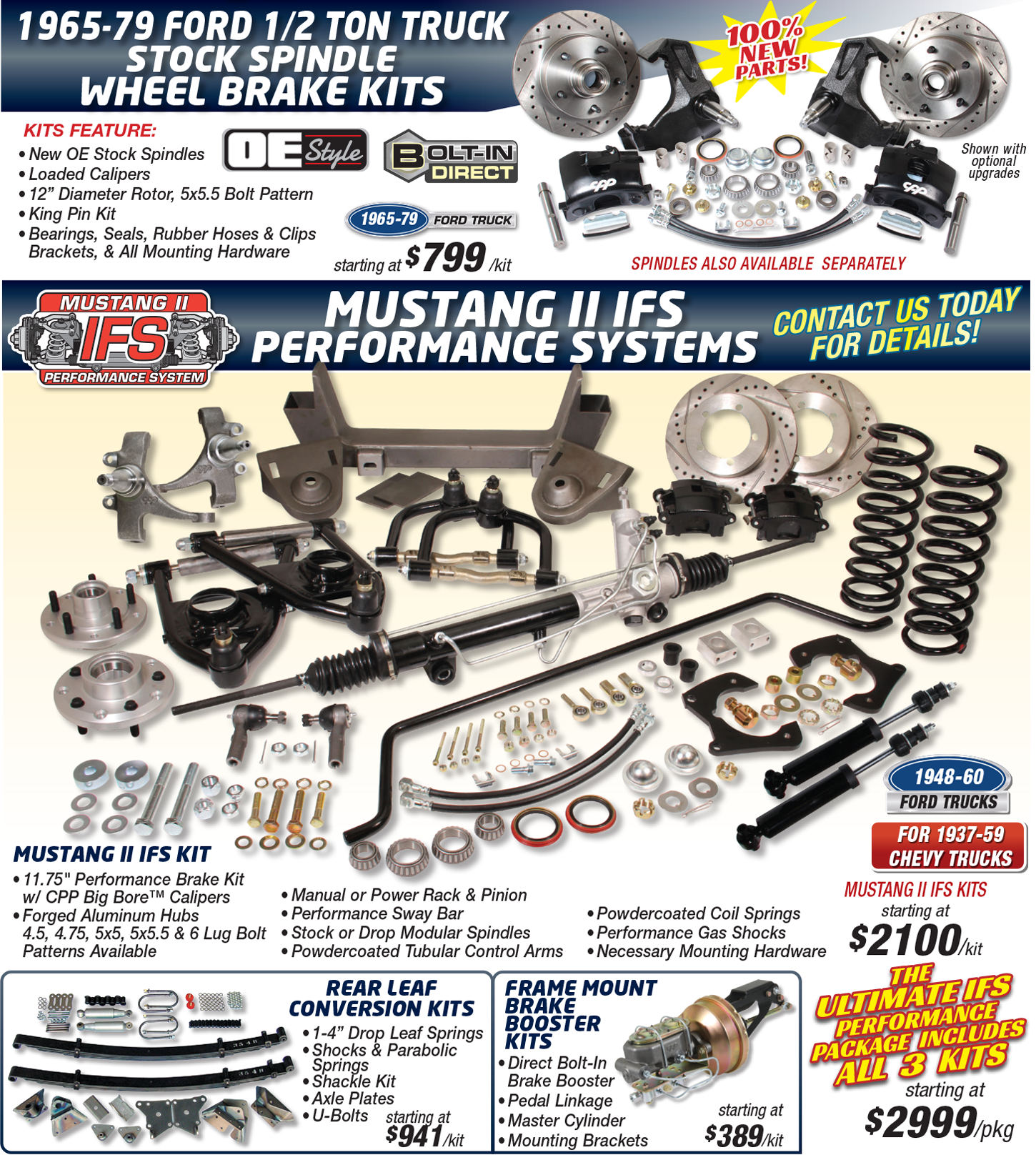
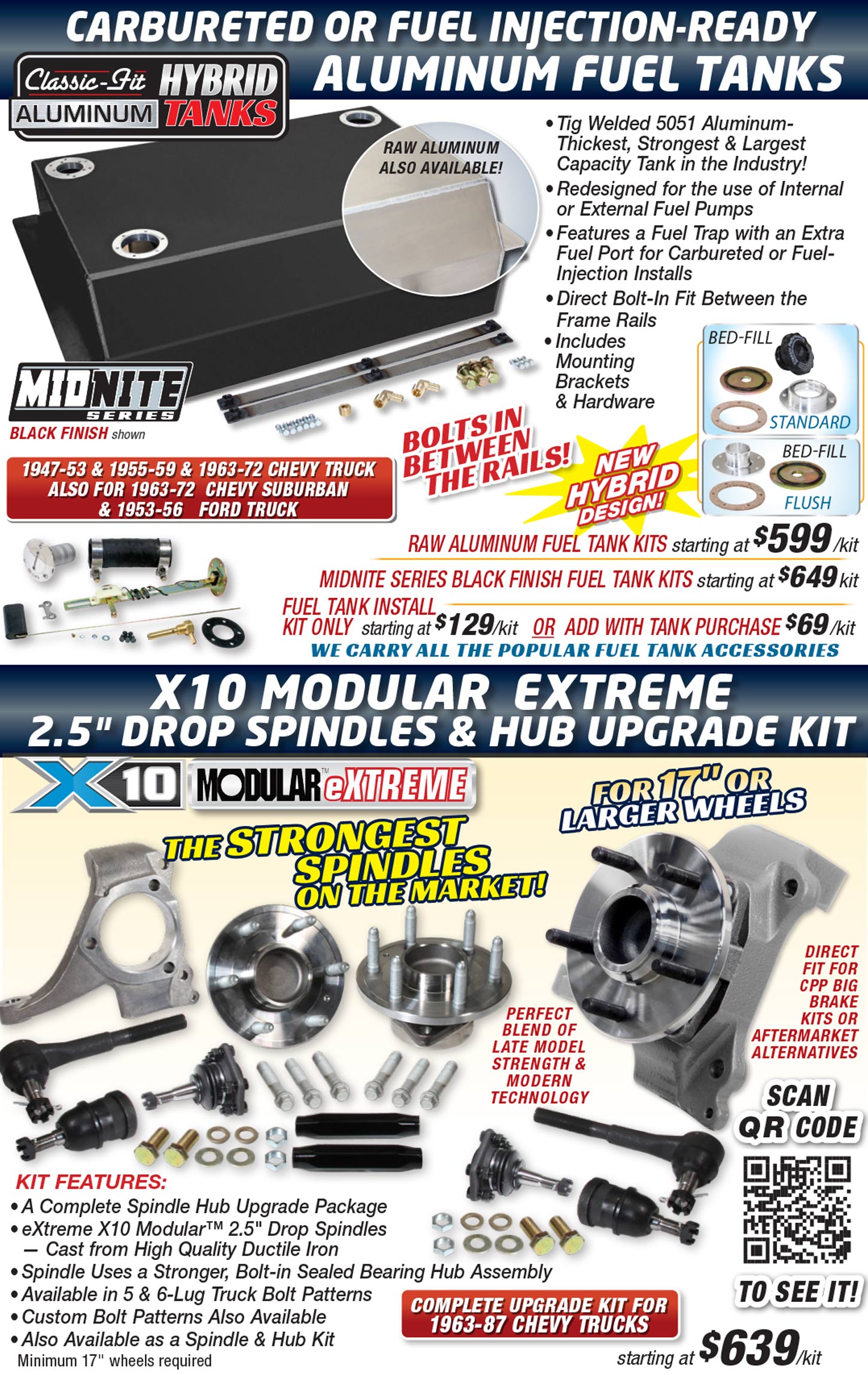
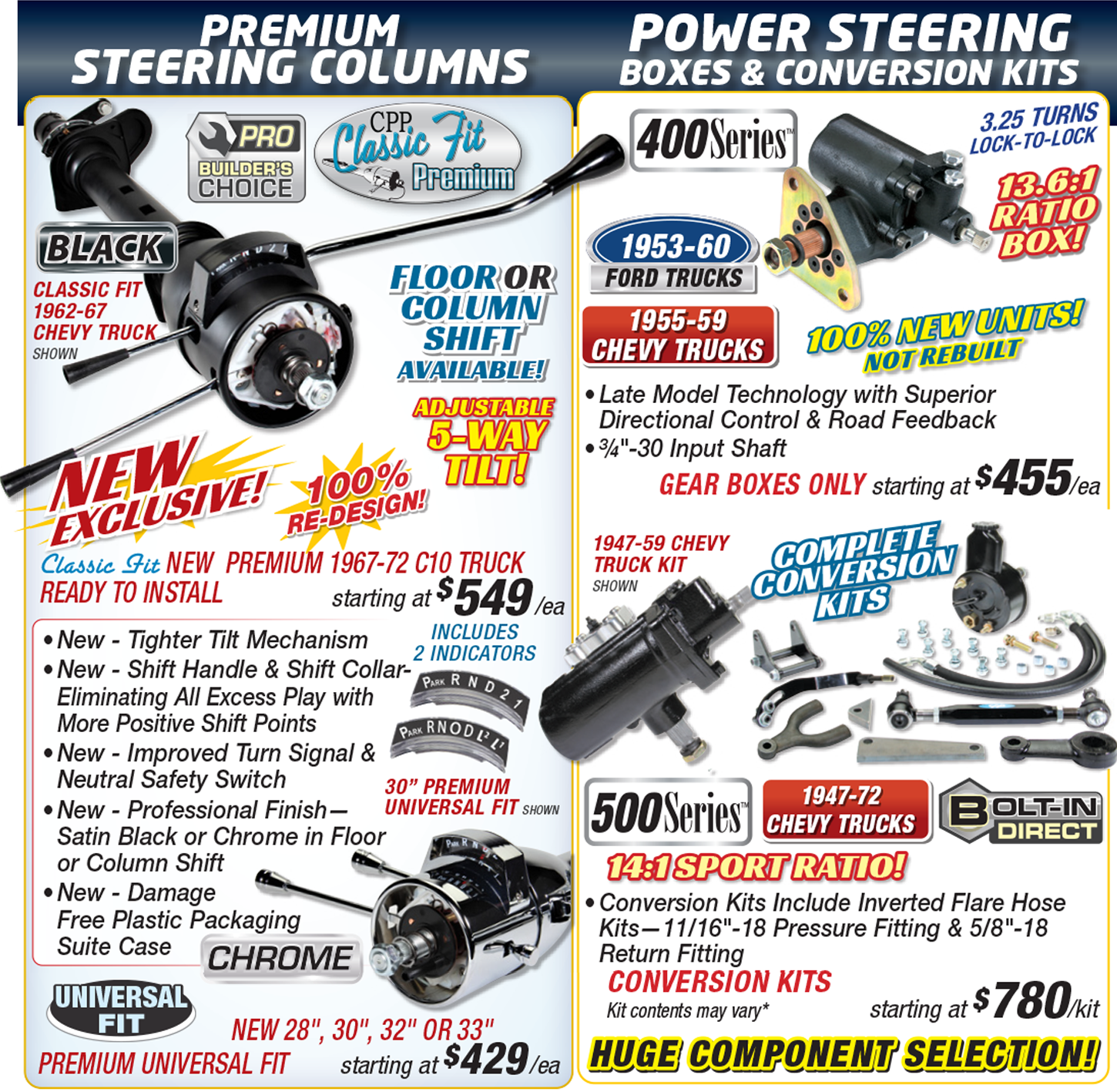

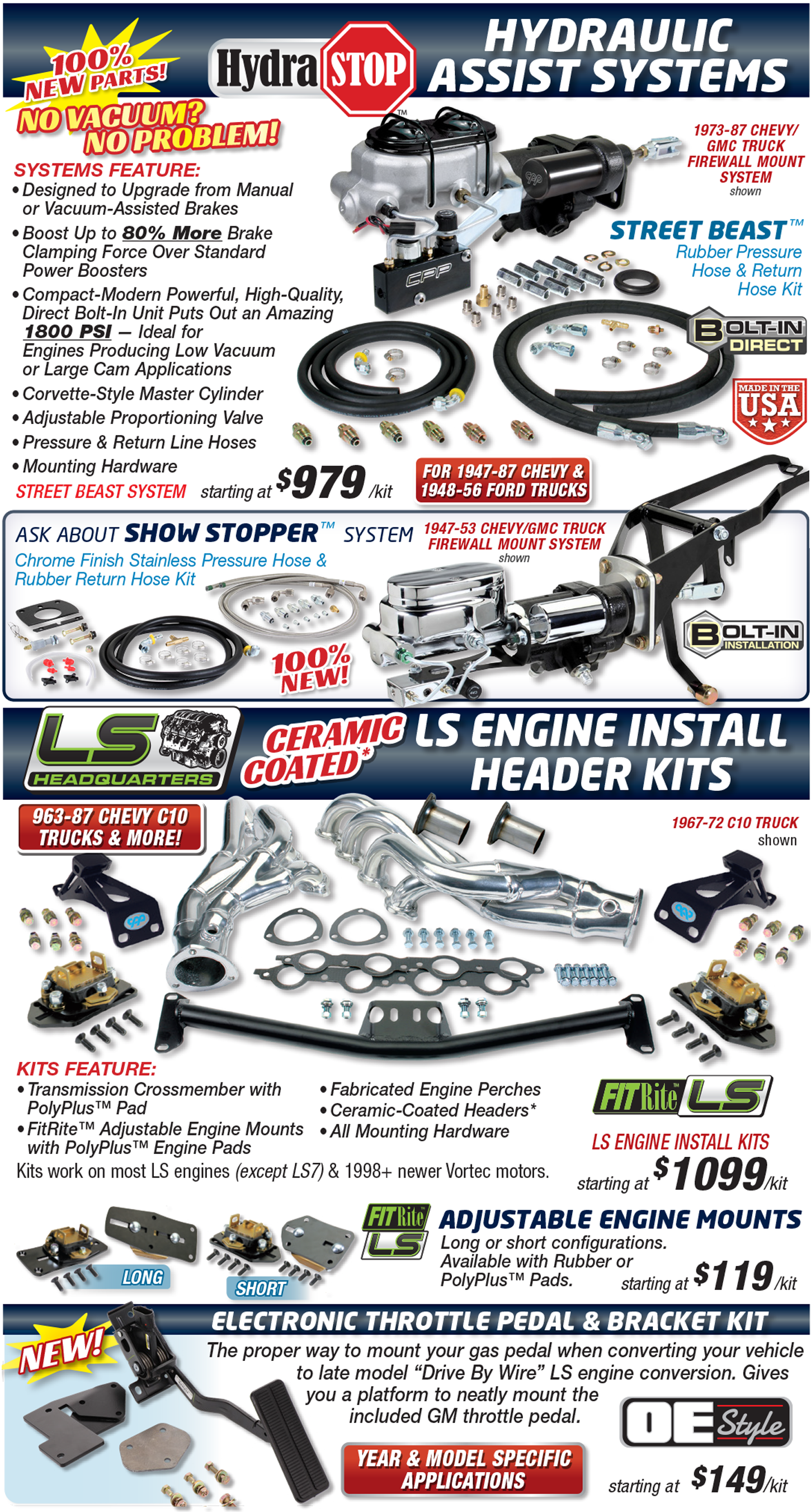

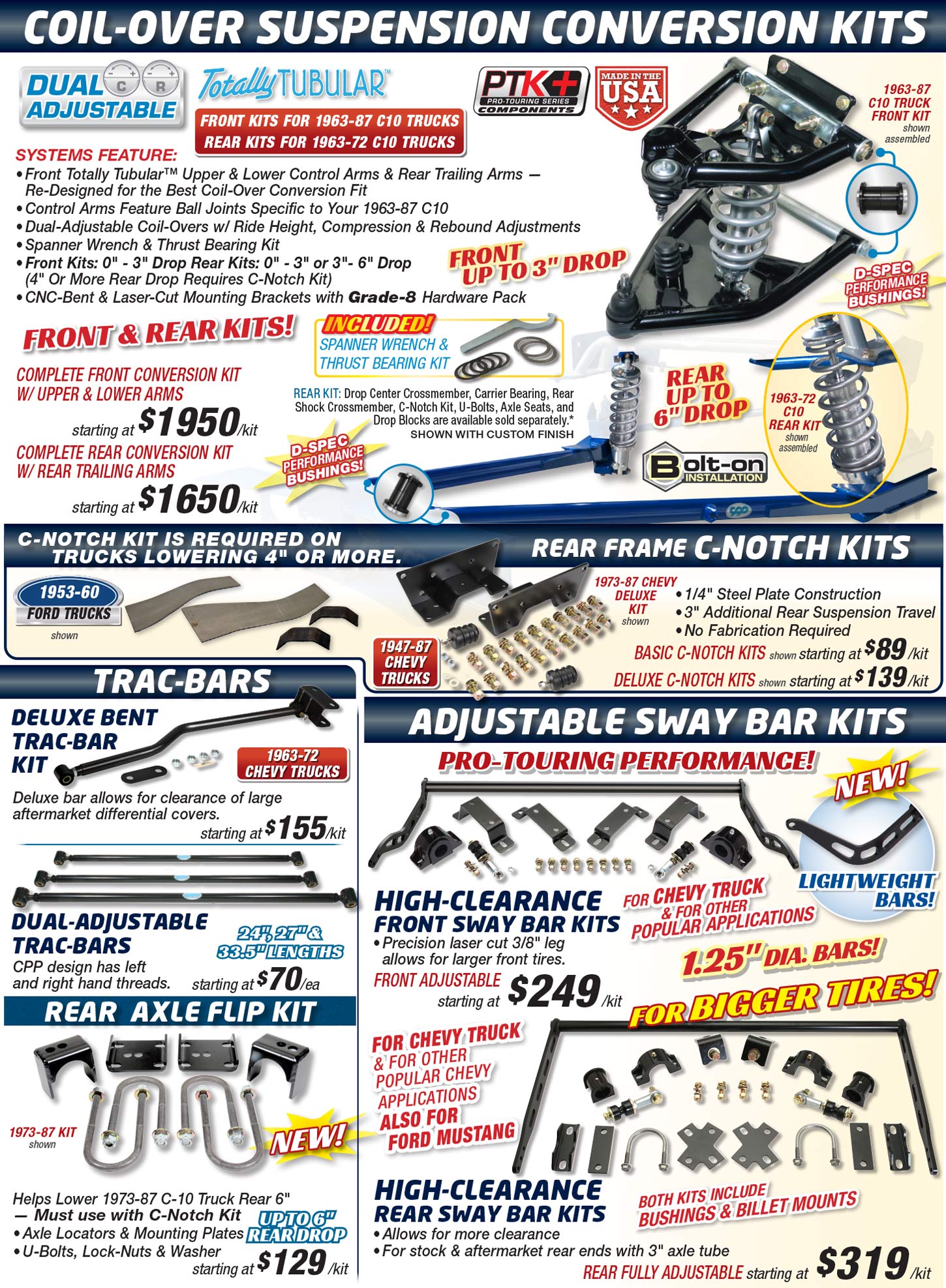




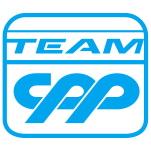
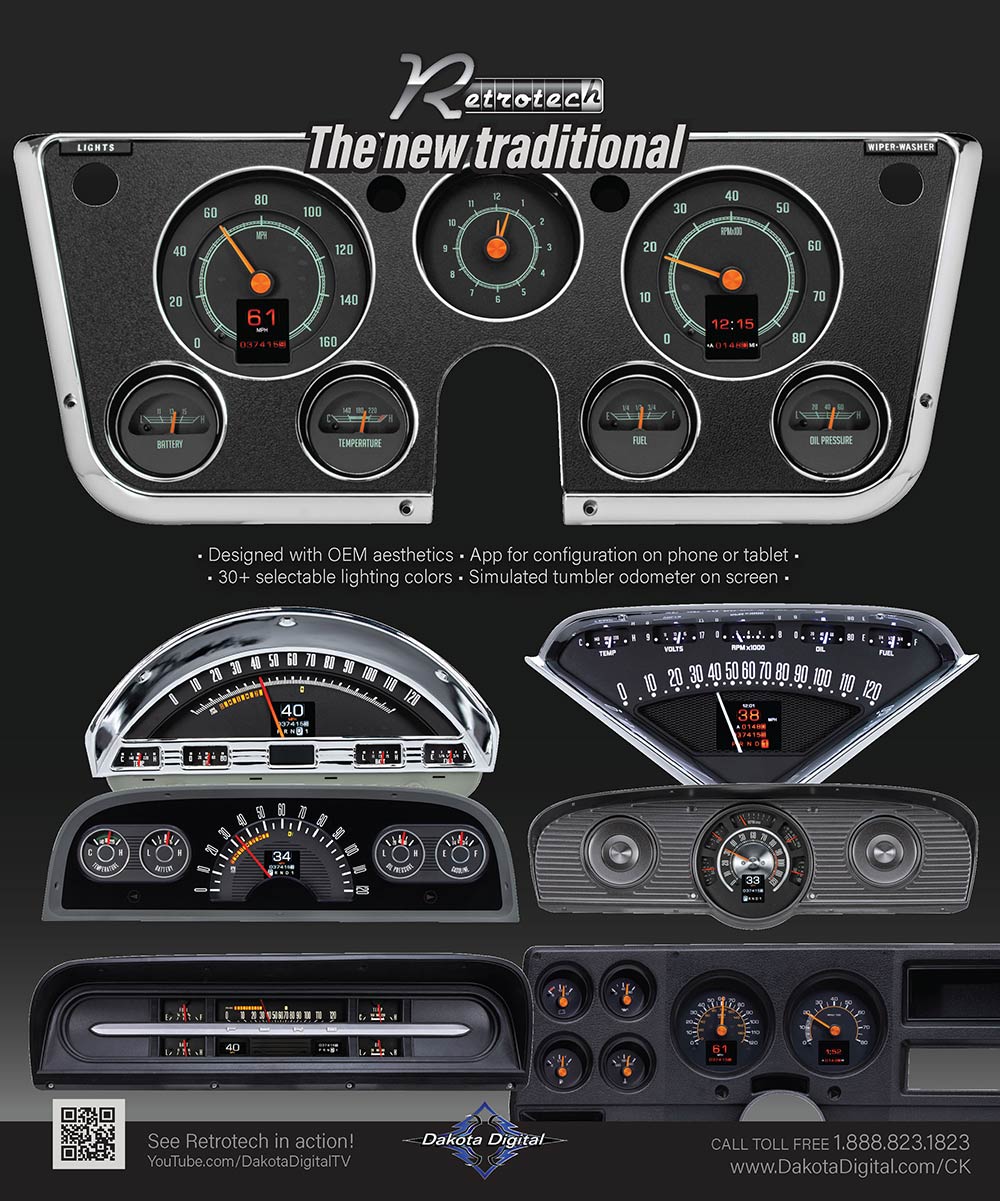
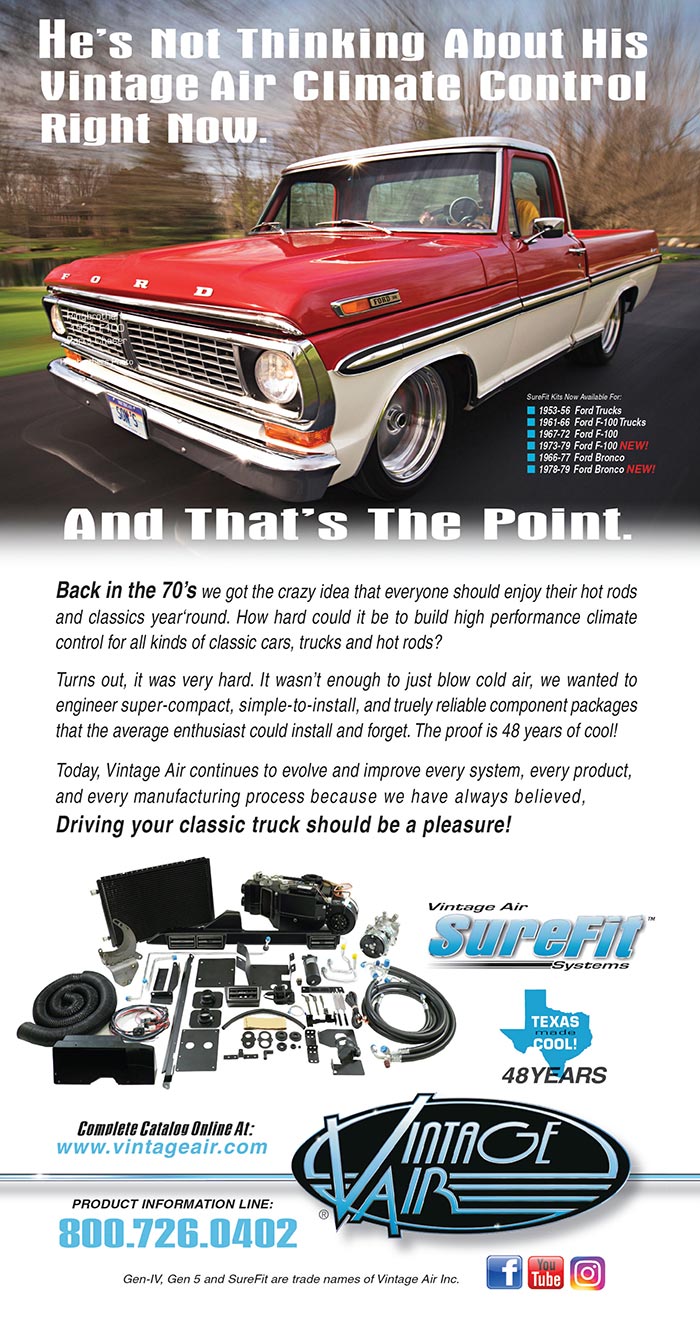


 BY
BY 